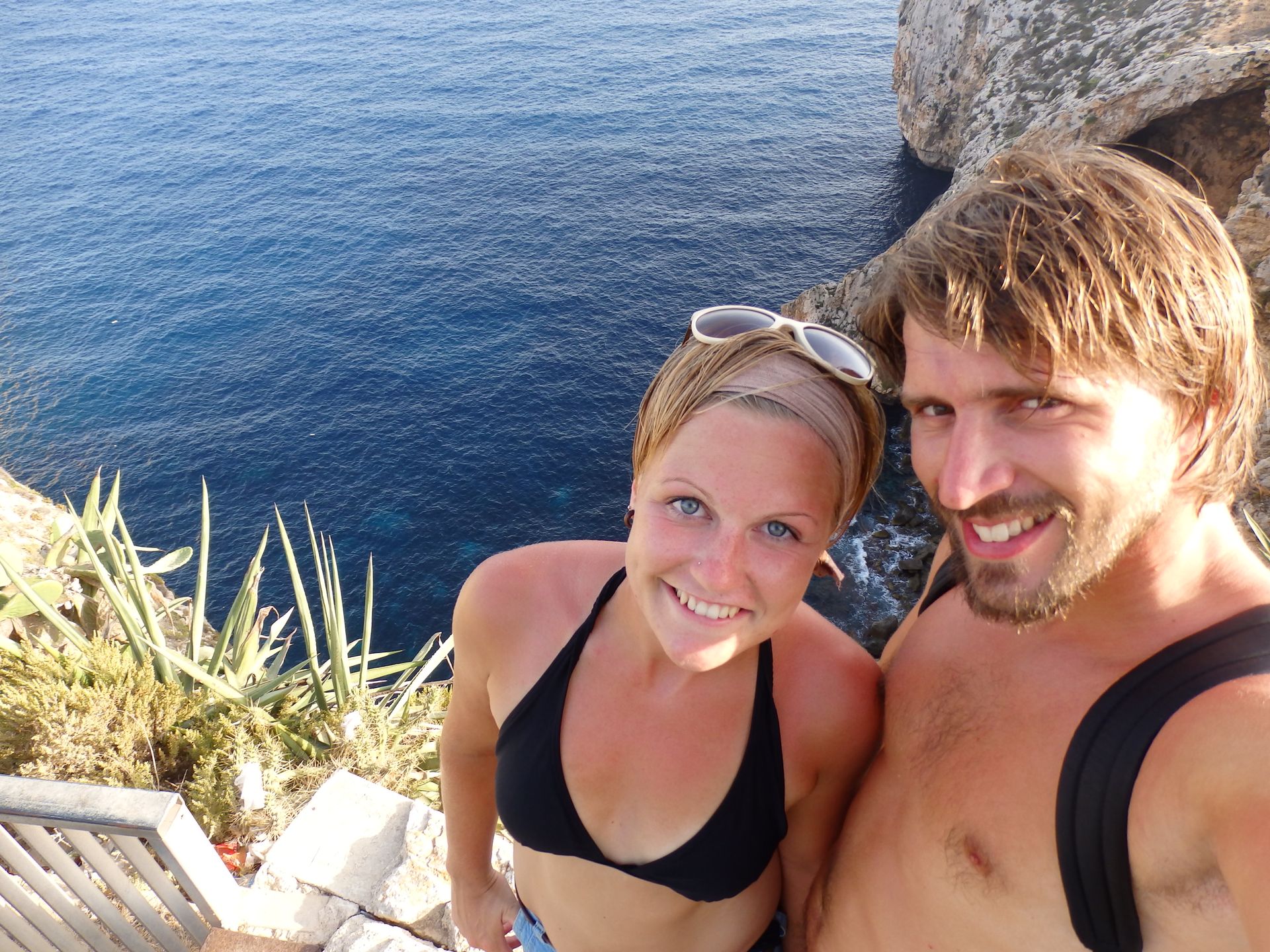Vanu...what?! Vanuatu!
منتشر شده: 24.05.2019
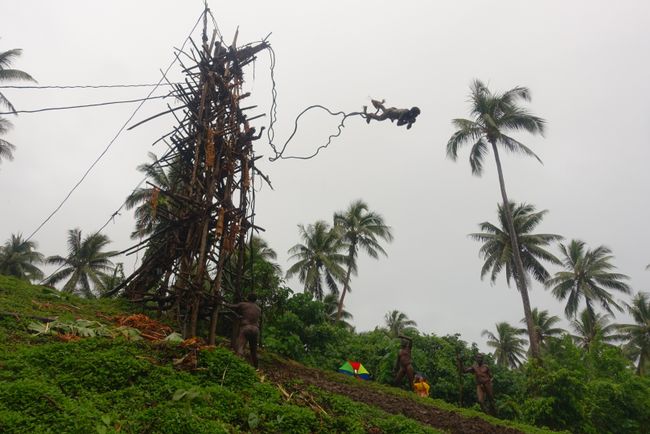
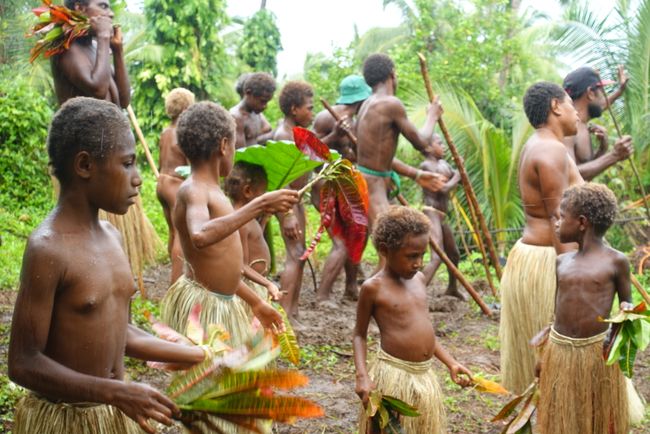
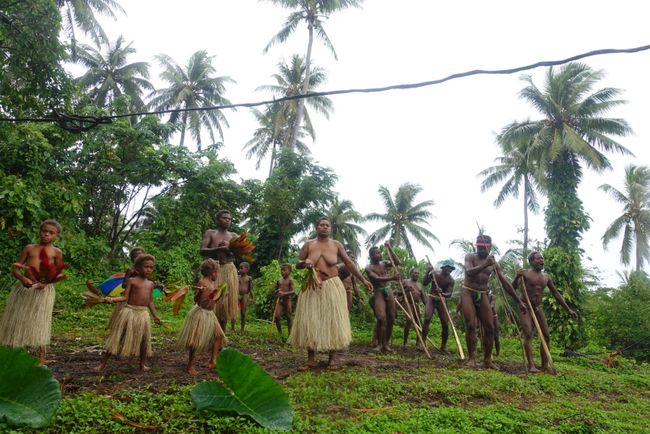
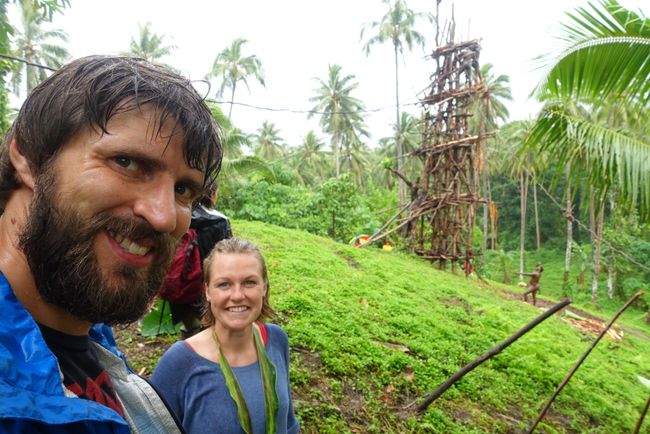
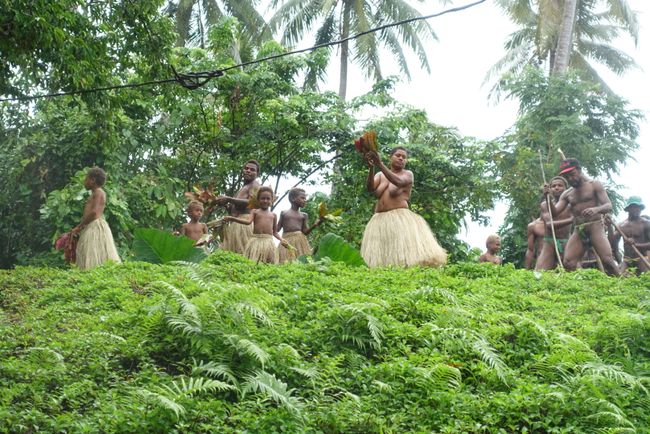
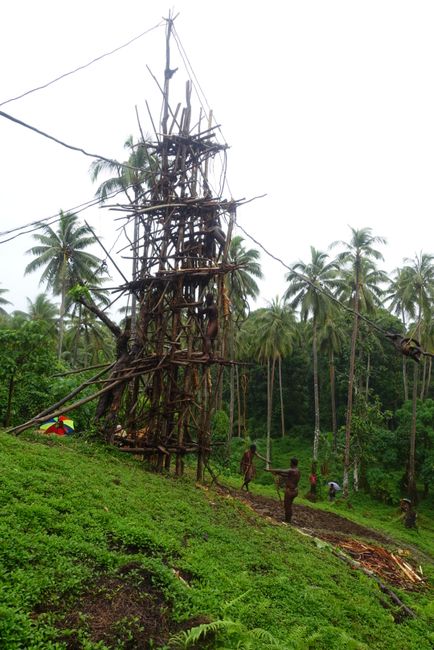
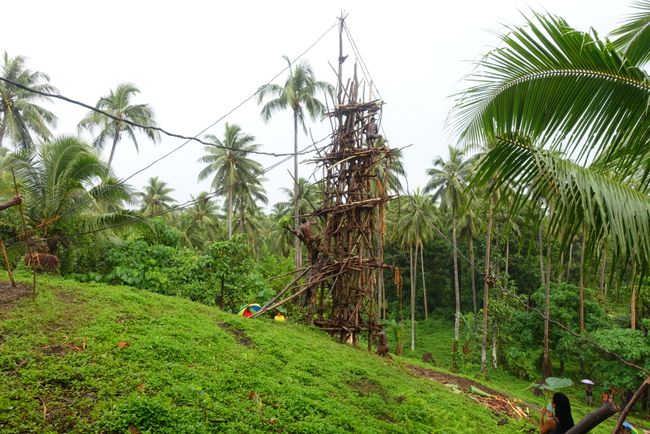
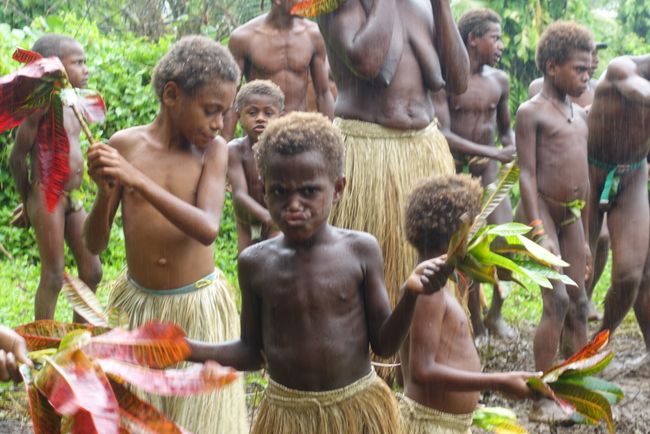
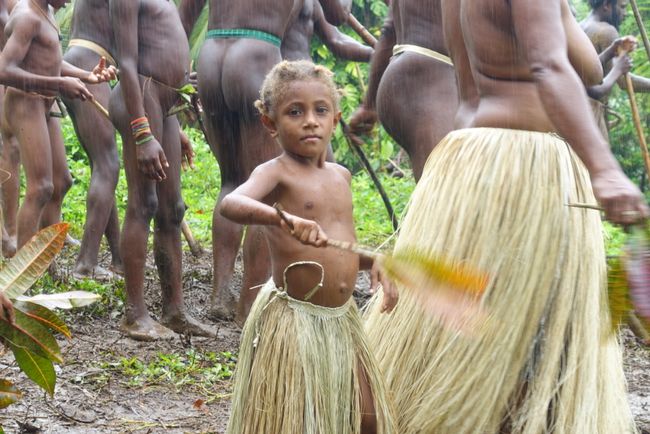
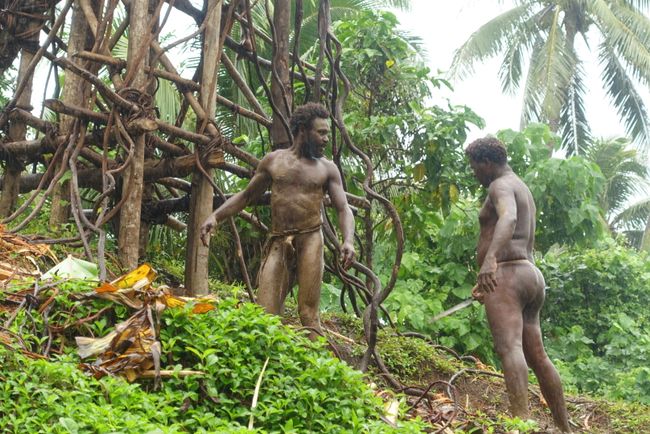
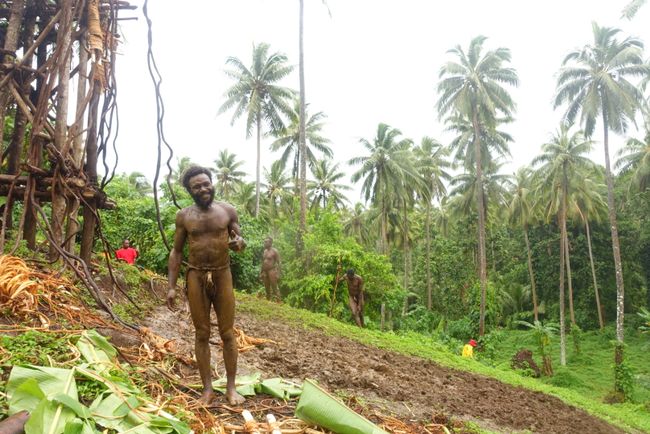
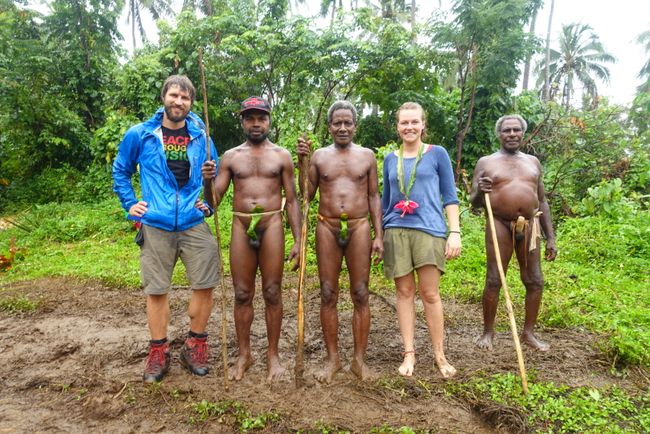
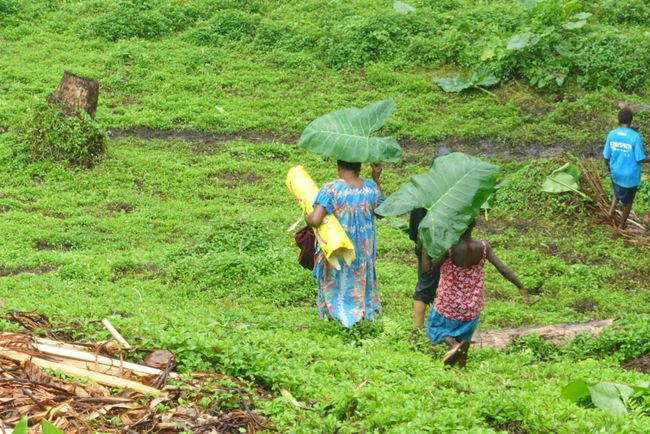
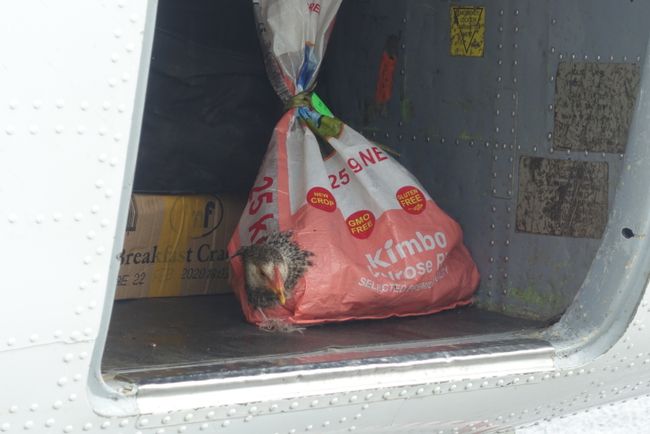
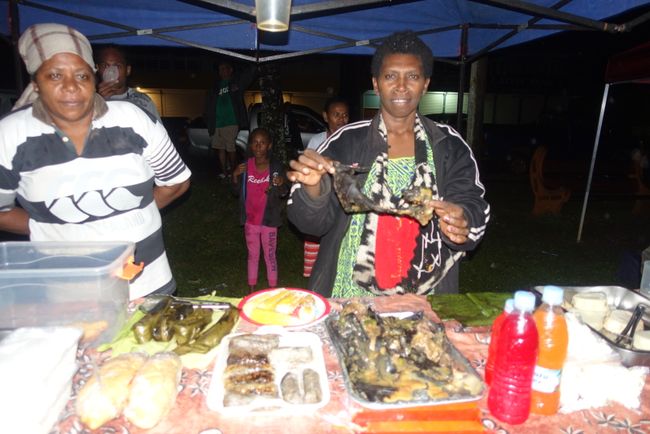
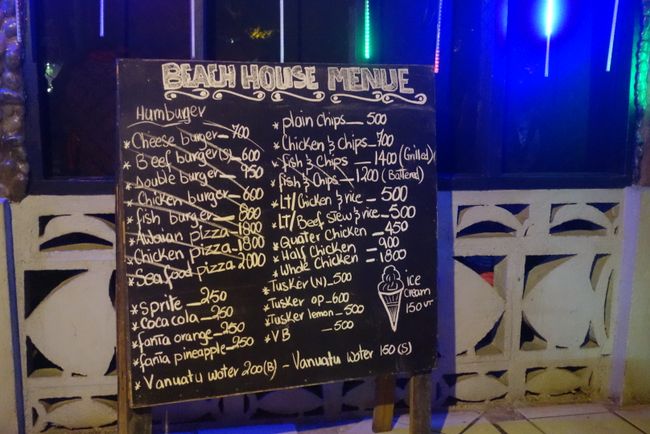
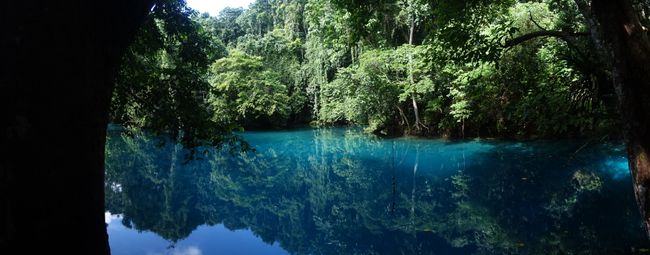
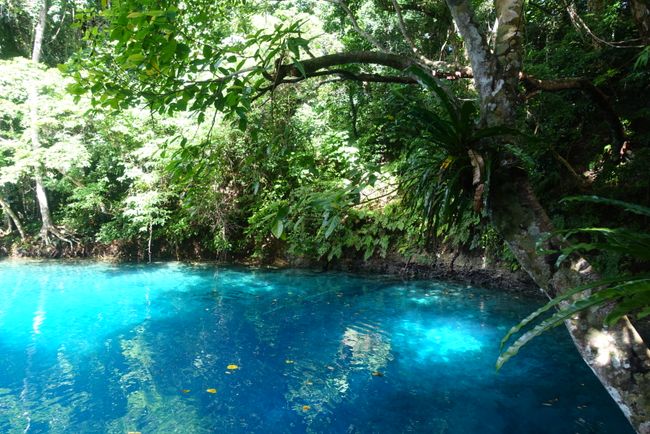
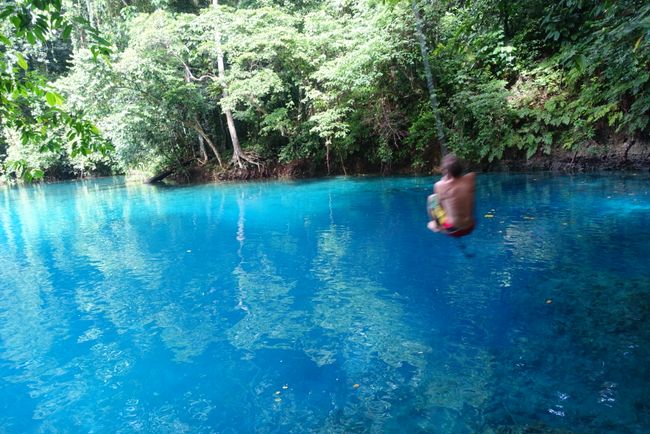
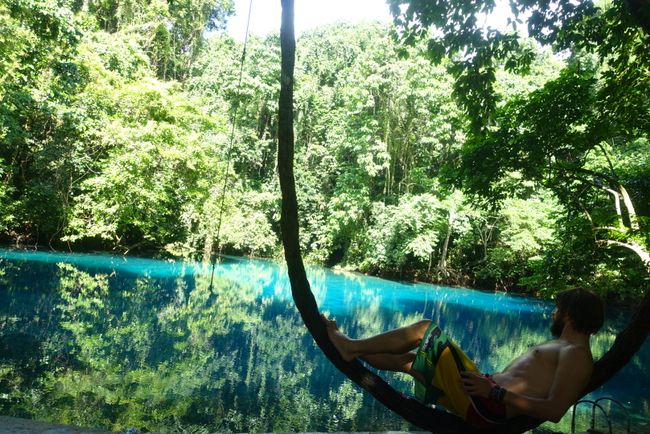
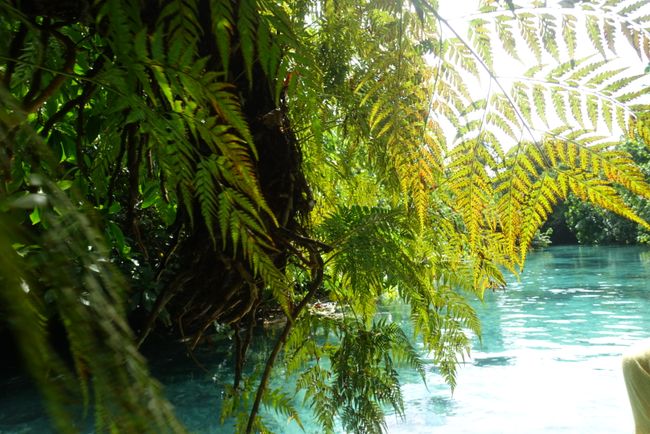
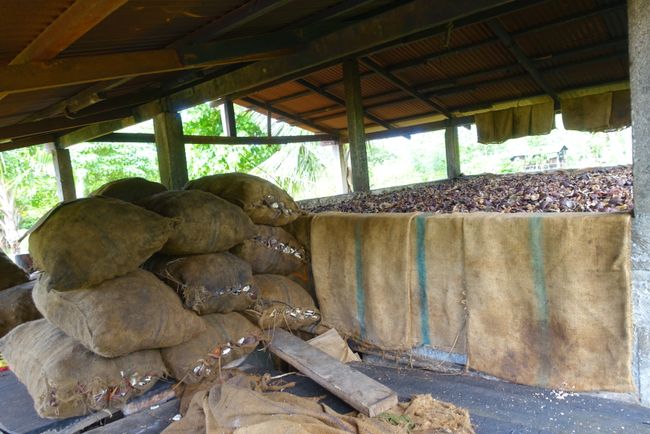
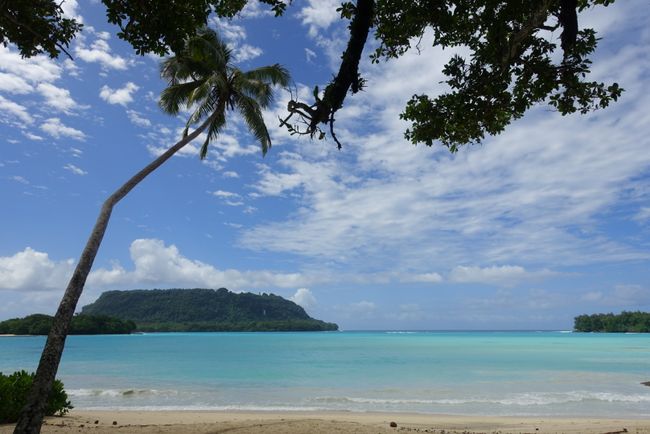
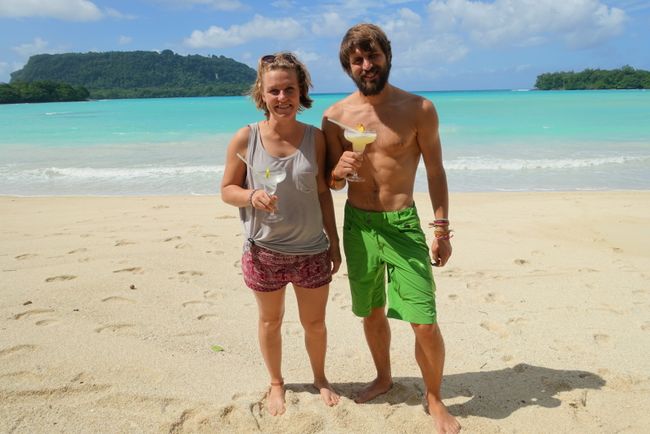
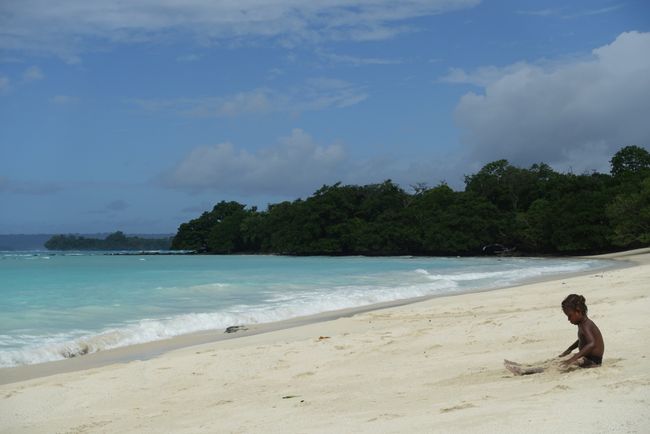
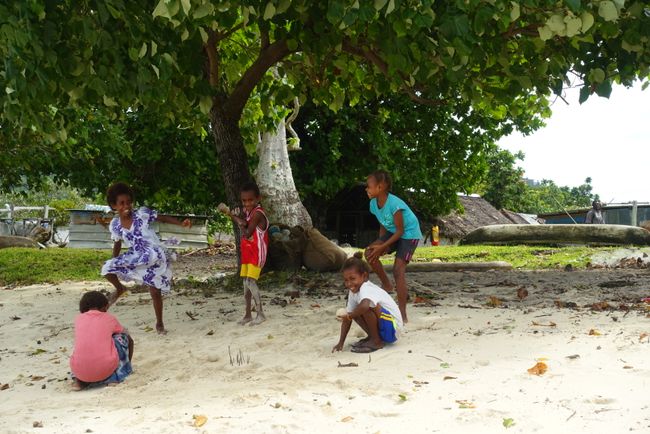
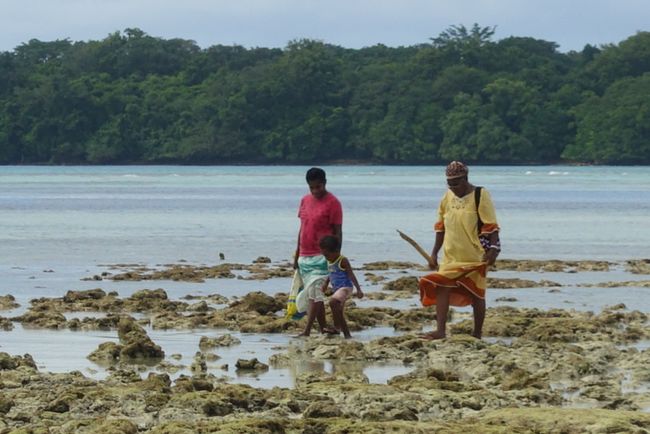
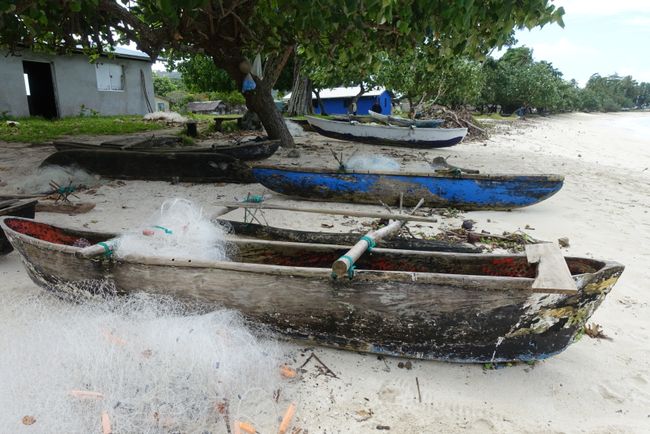
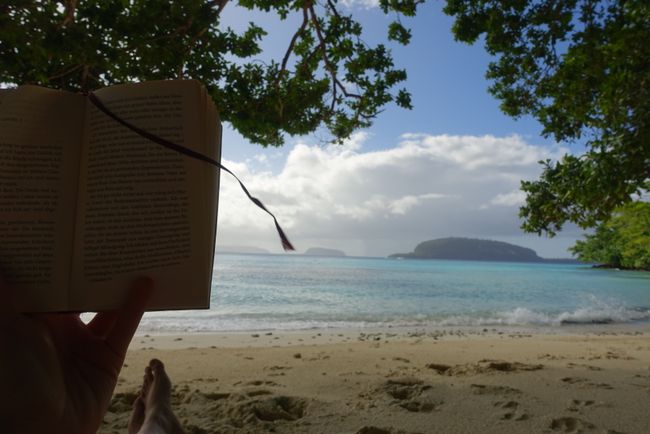
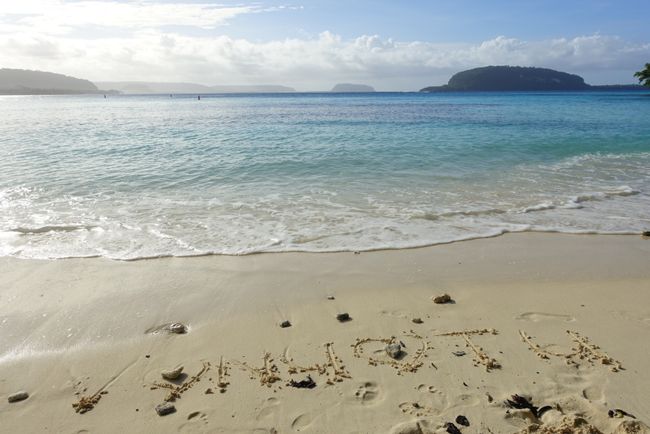
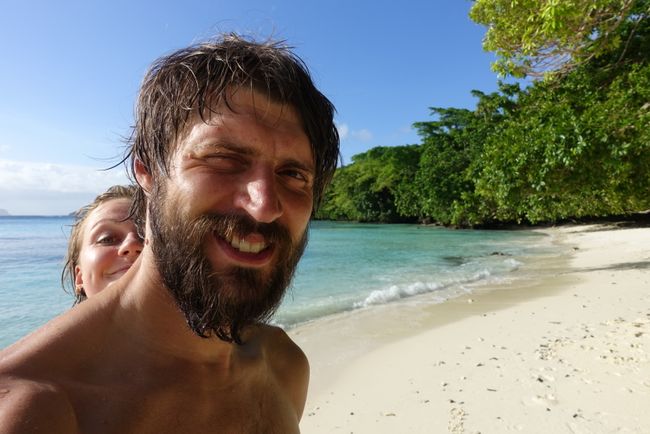
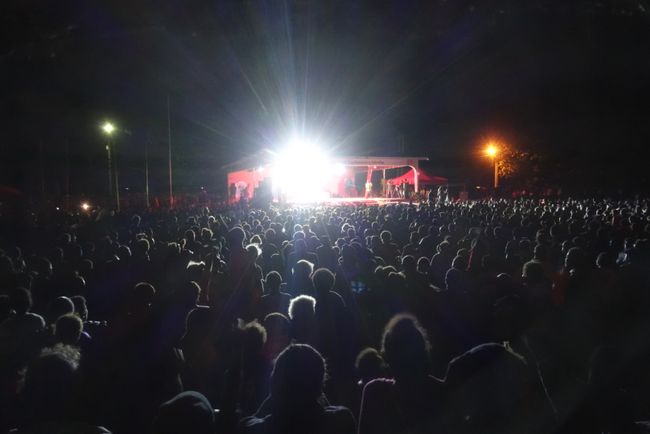
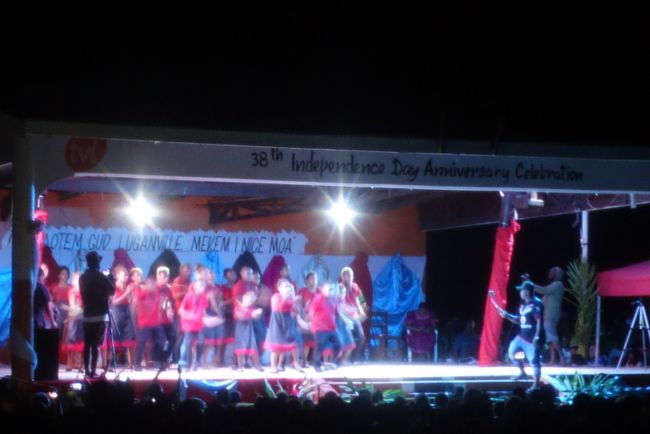
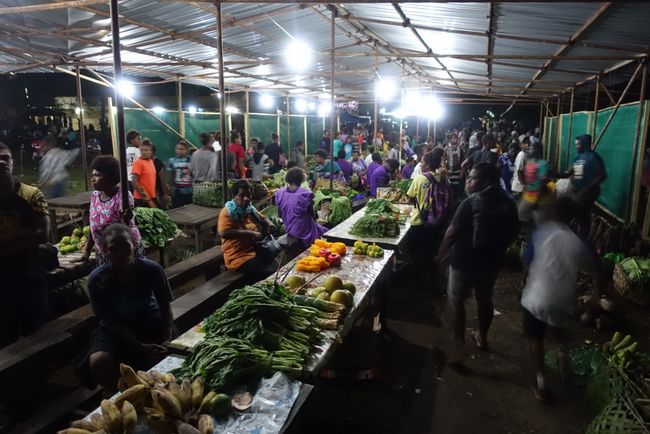
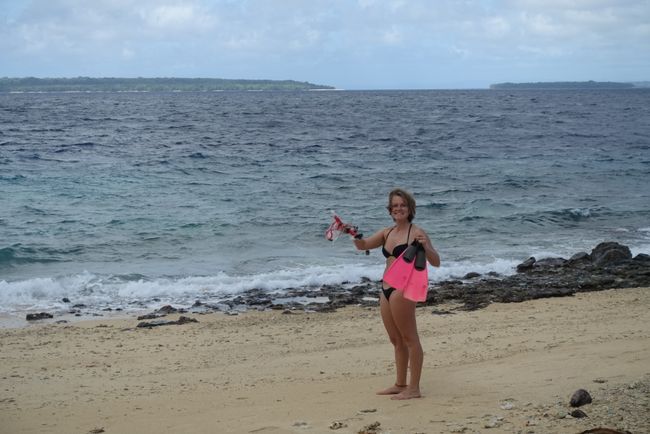
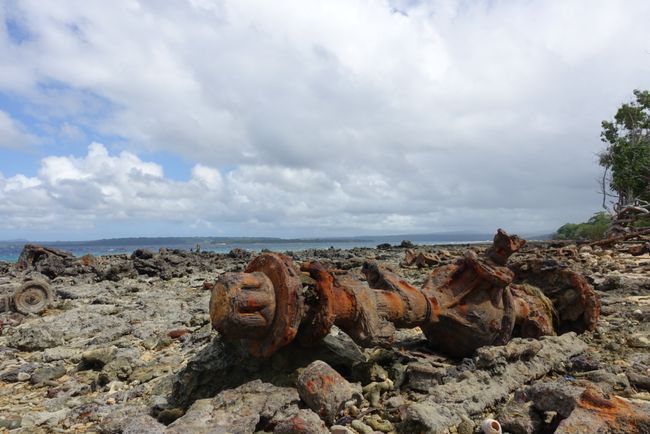
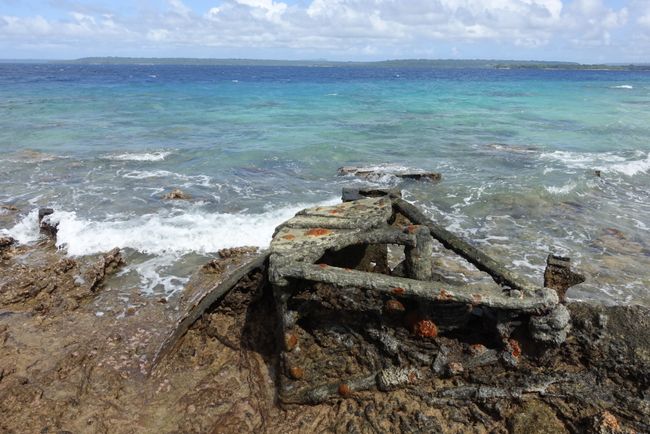
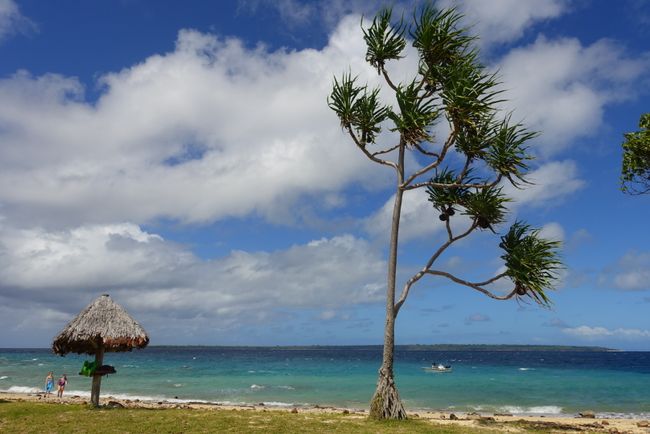
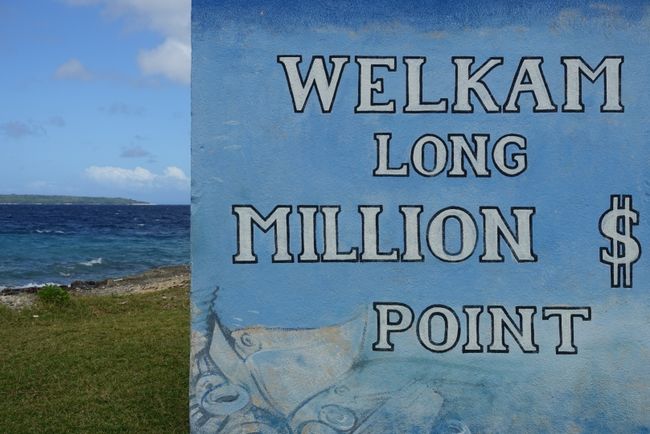
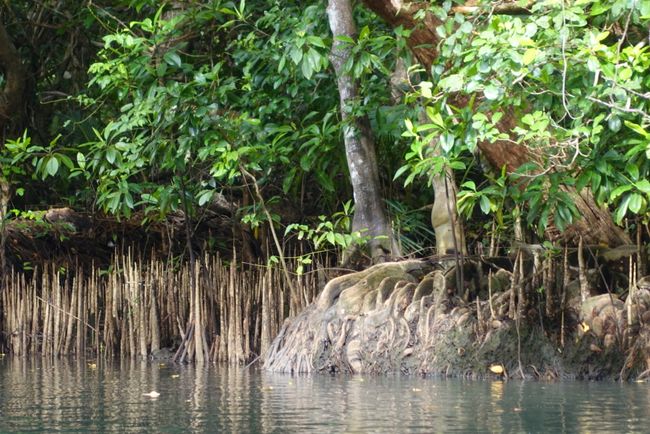
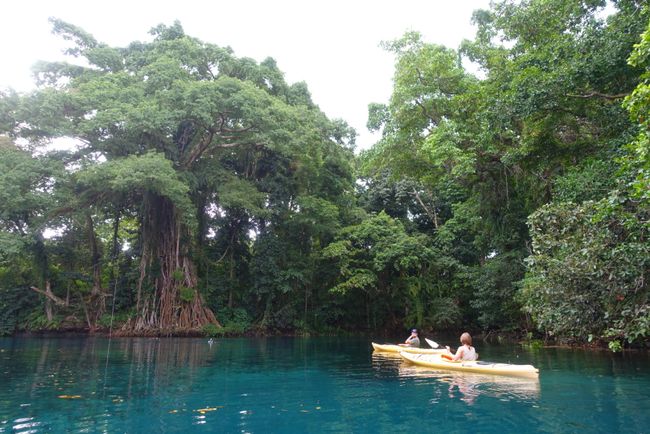
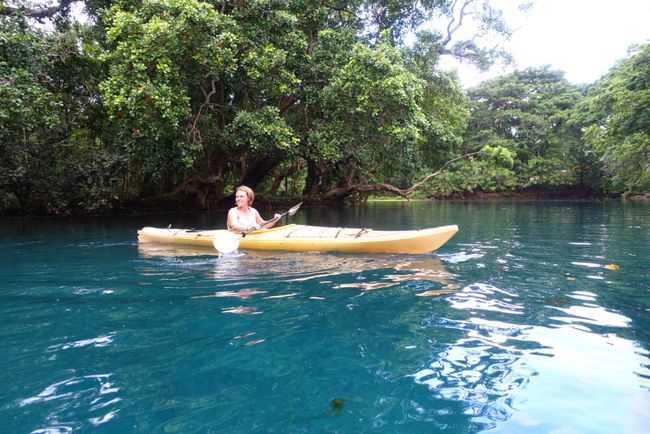
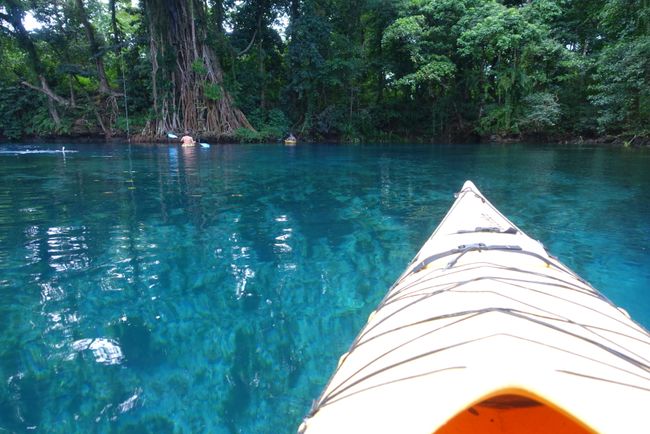
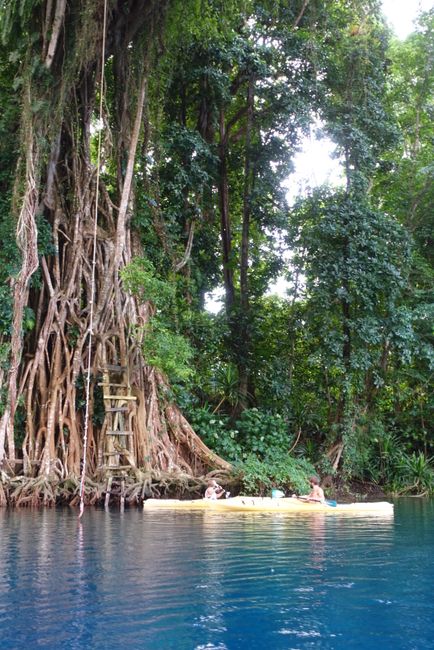
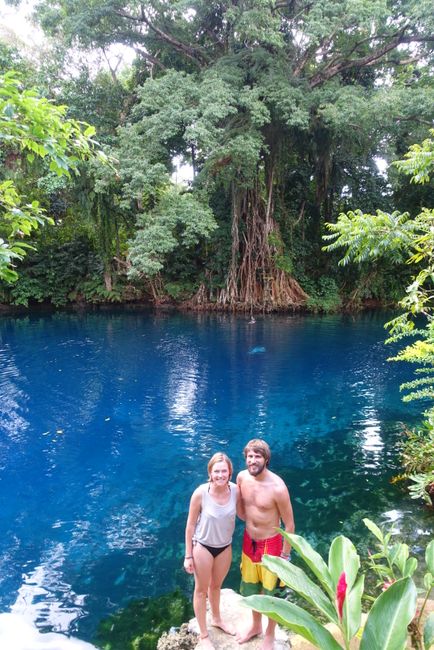
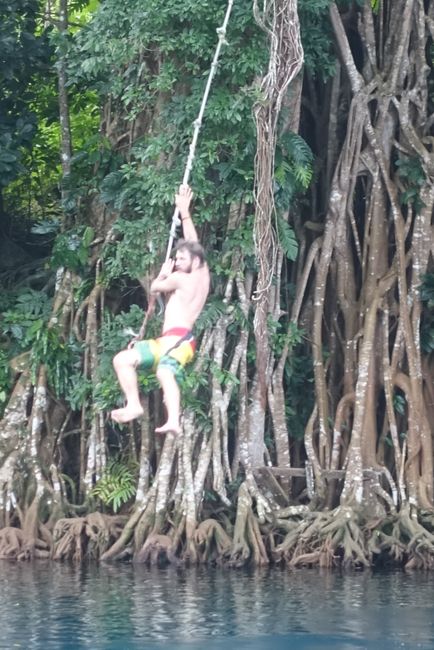
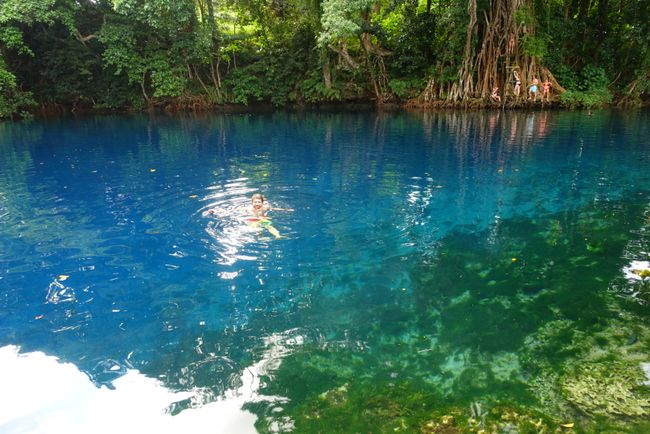
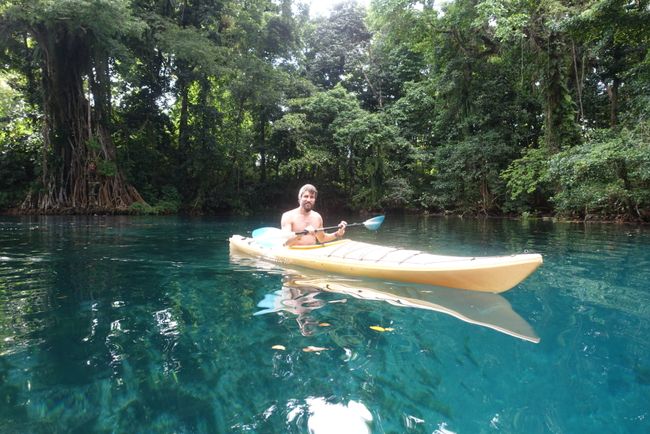
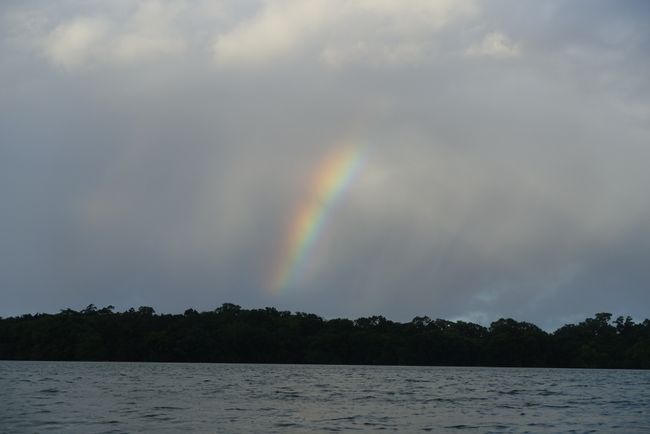
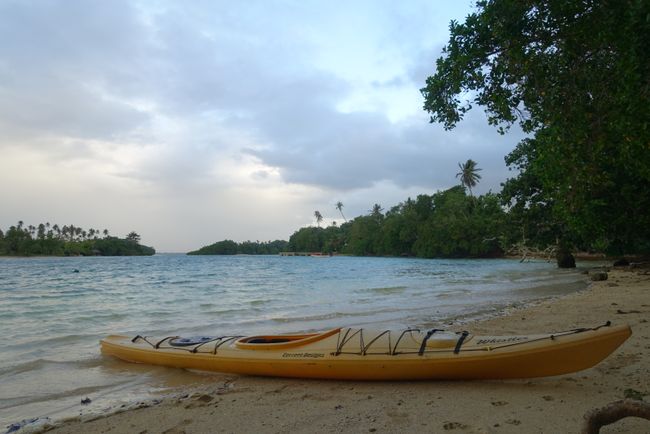

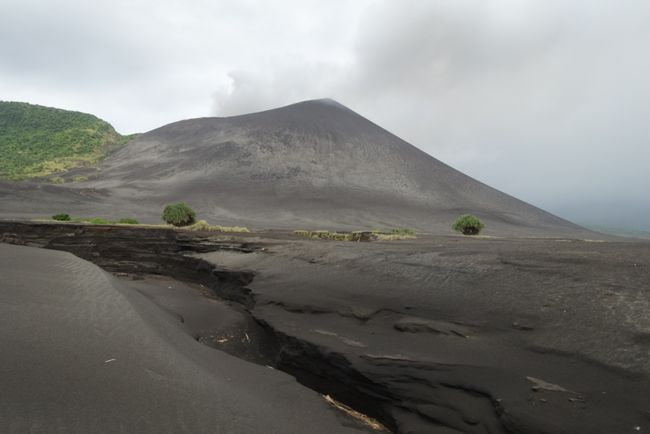
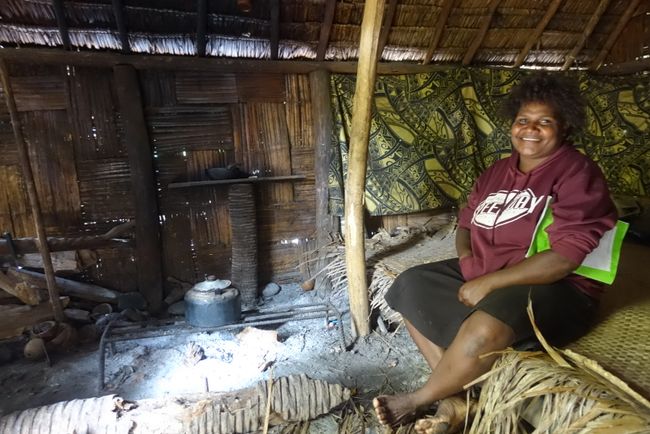
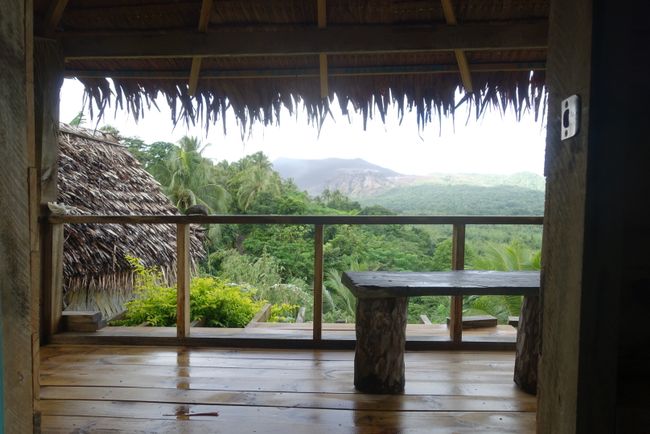
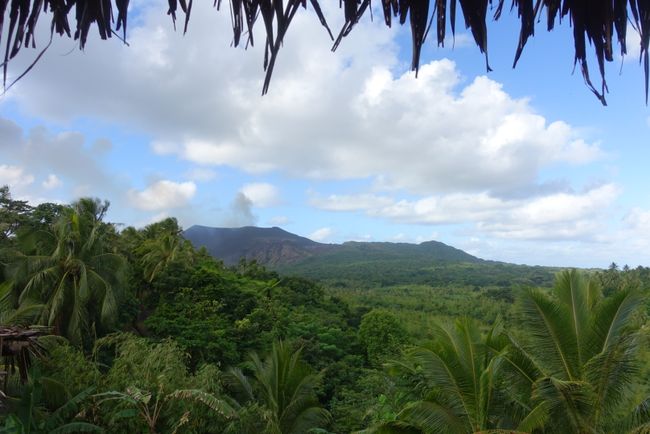

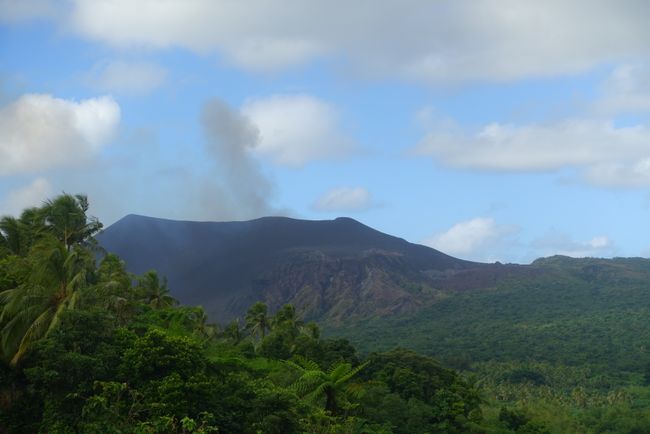
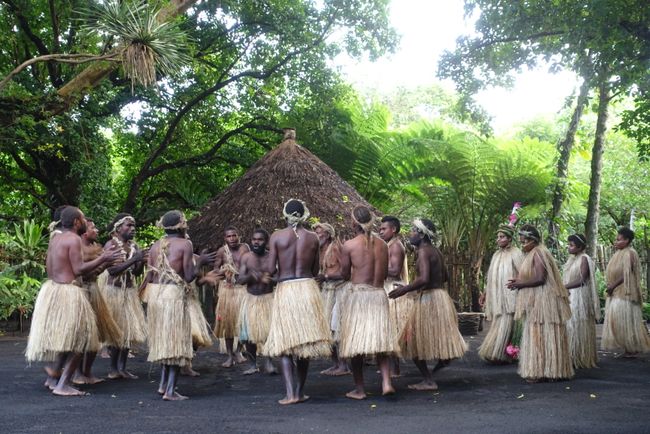
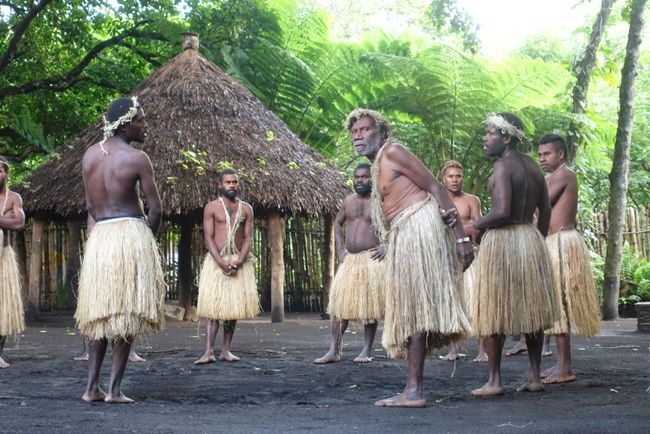
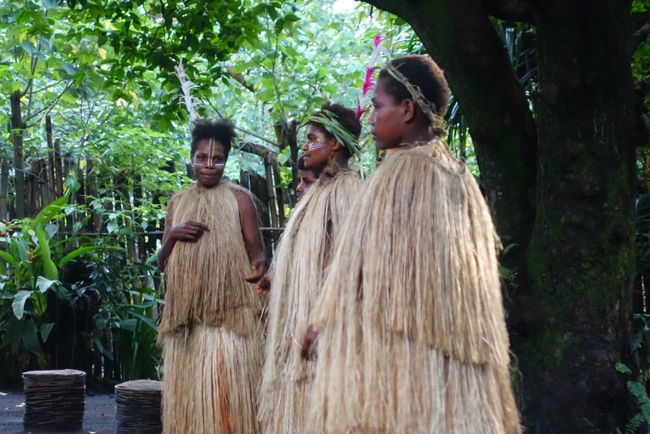
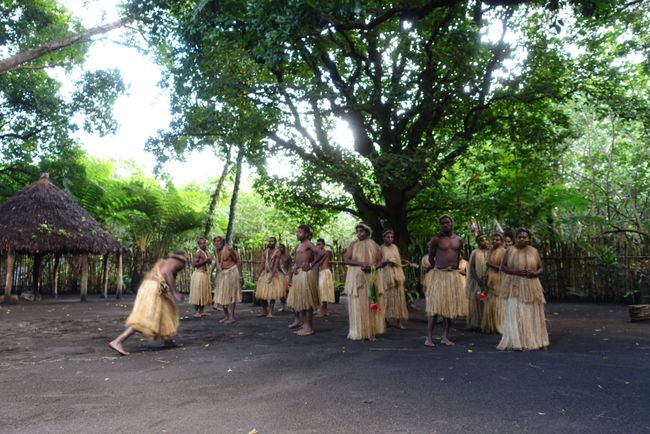
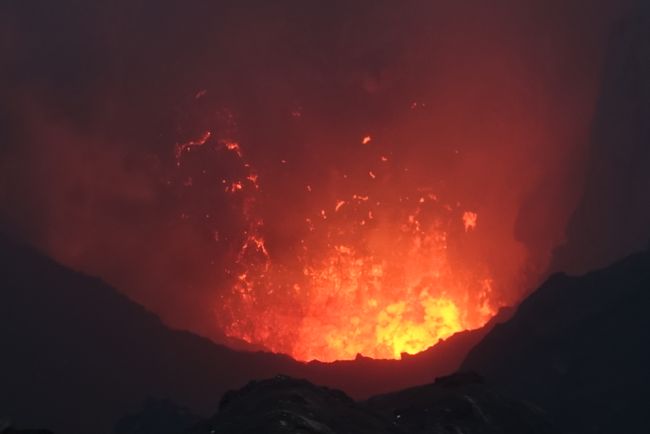
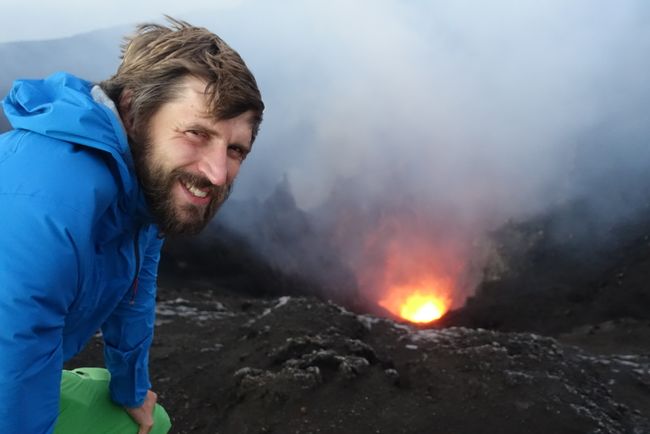
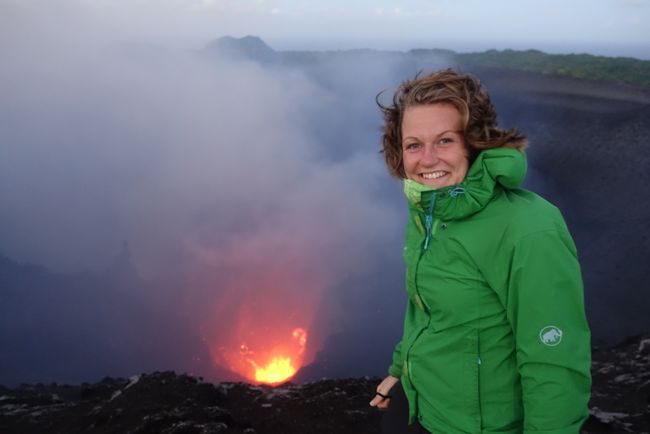

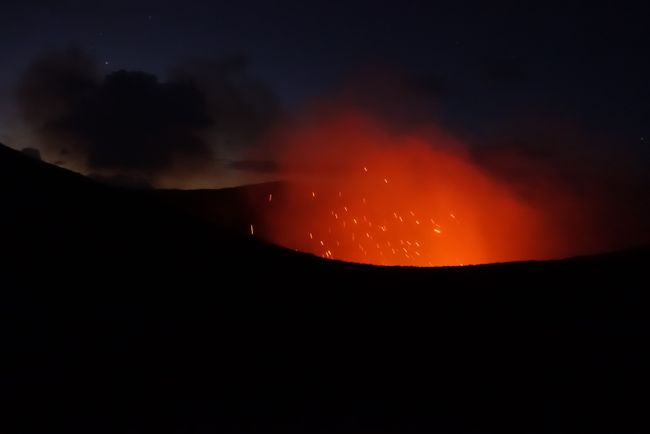
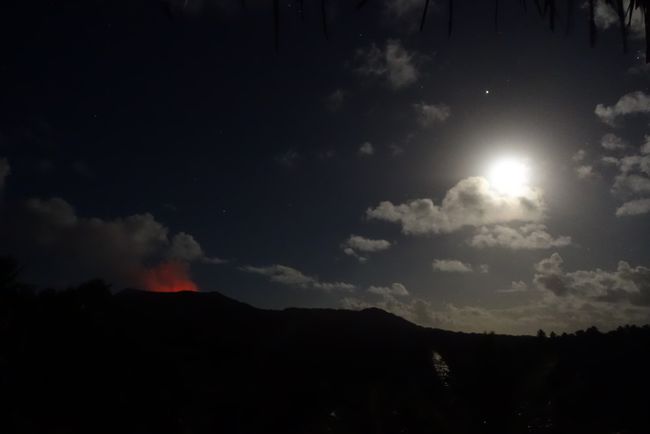
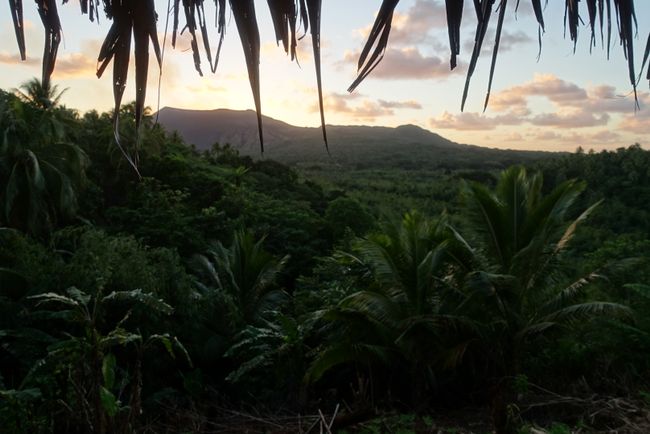
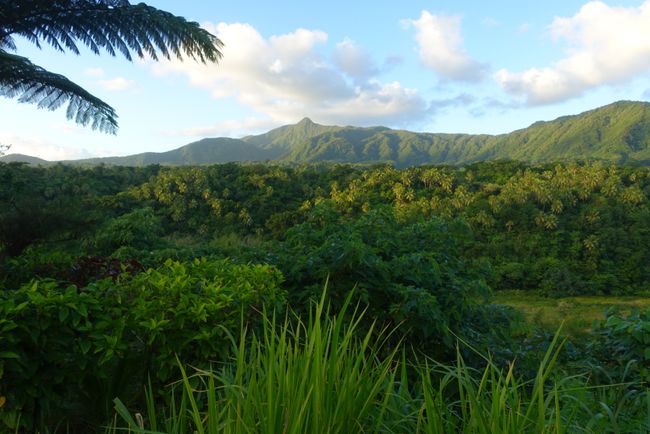
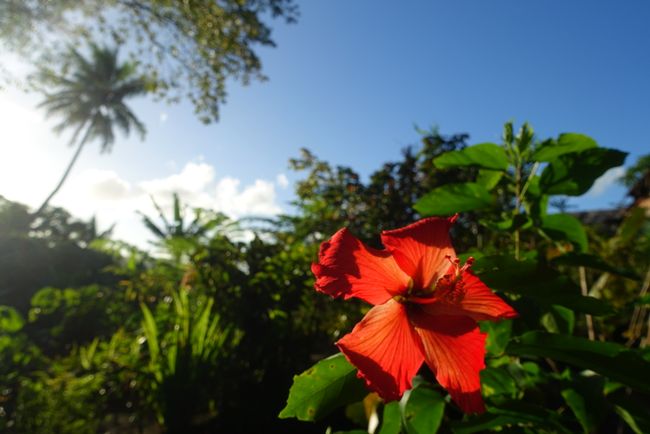
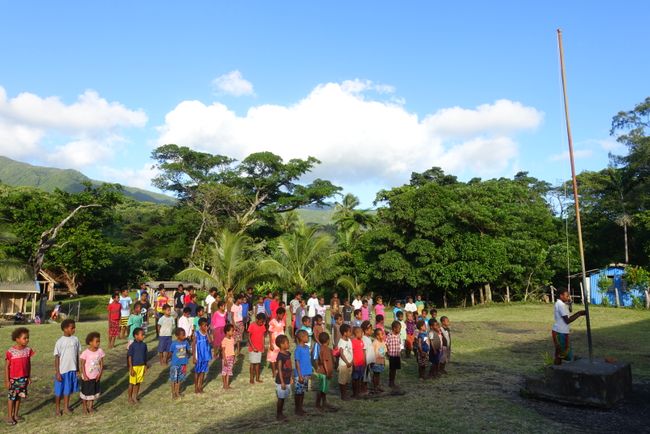
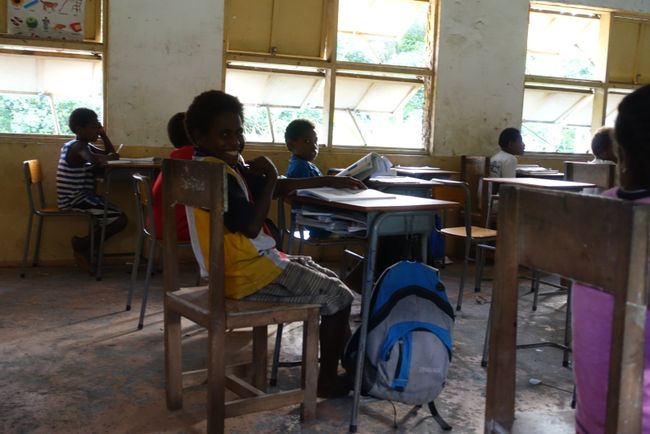
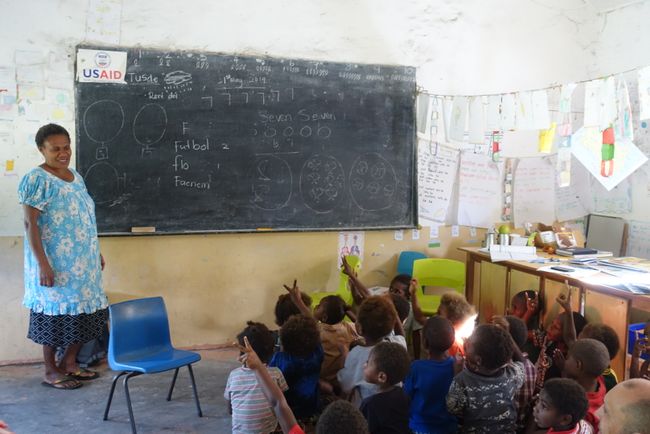
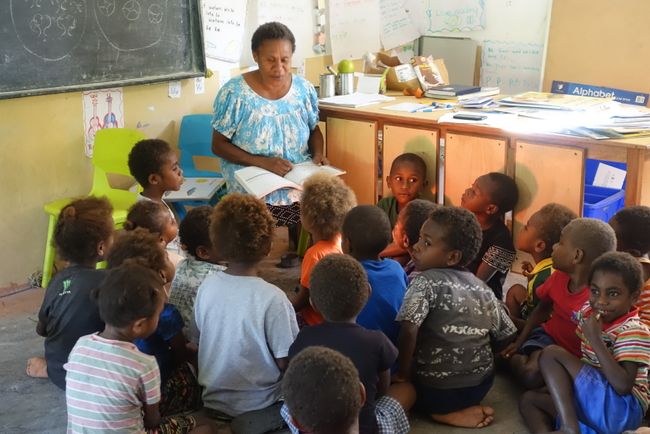
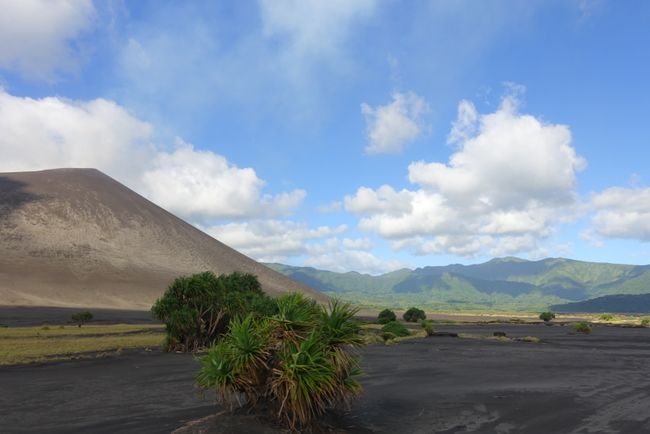
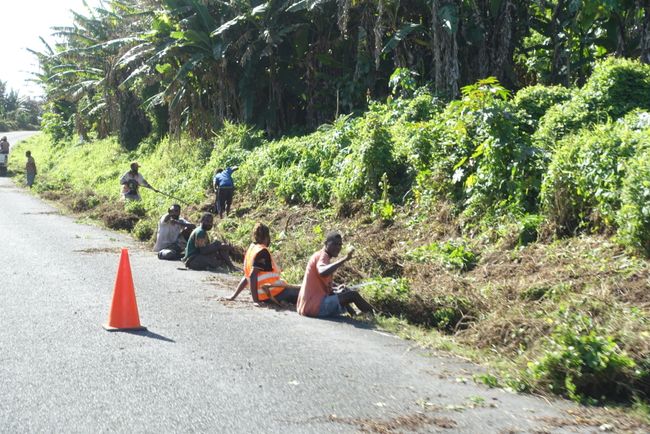
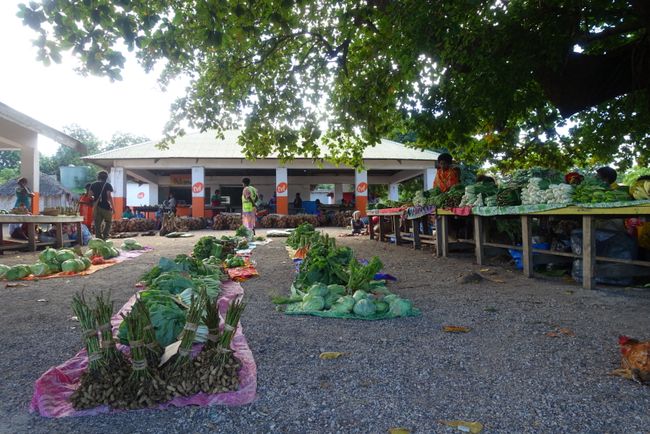
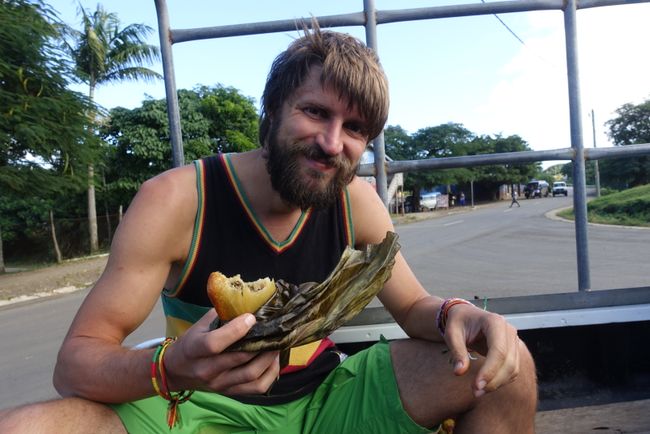
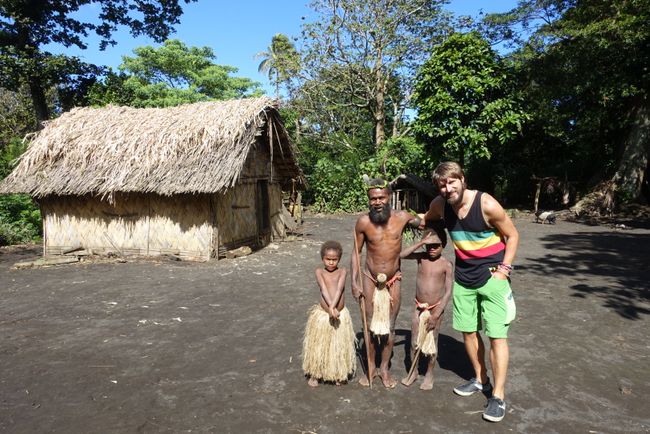
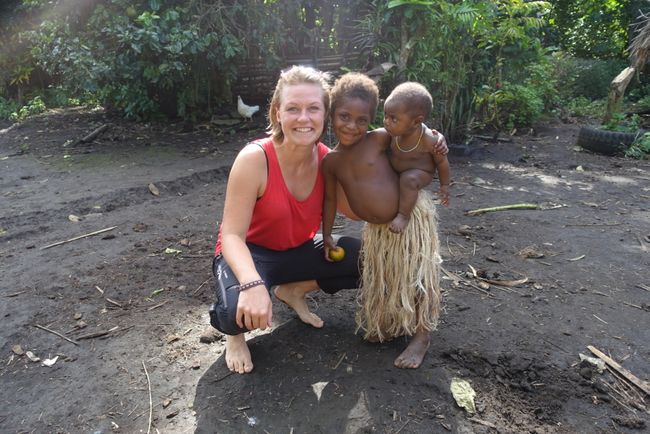
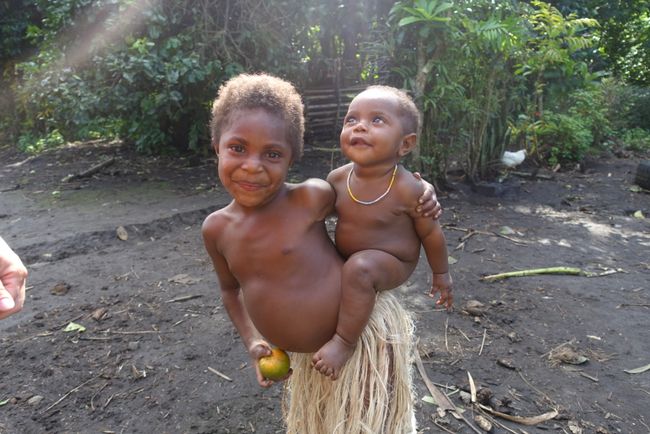
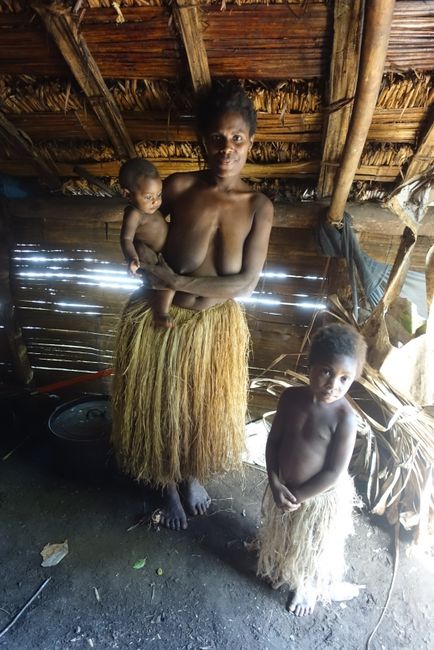
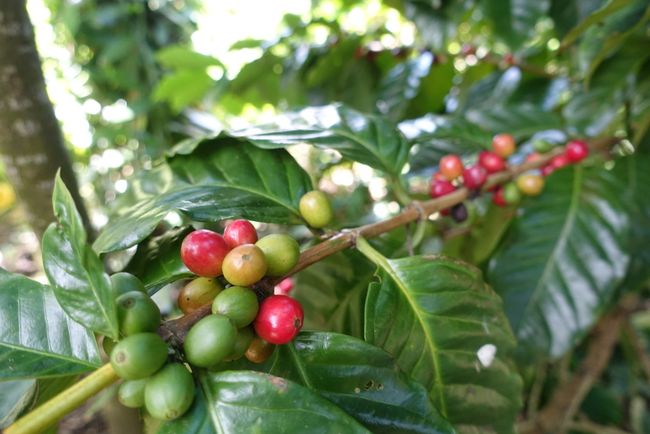
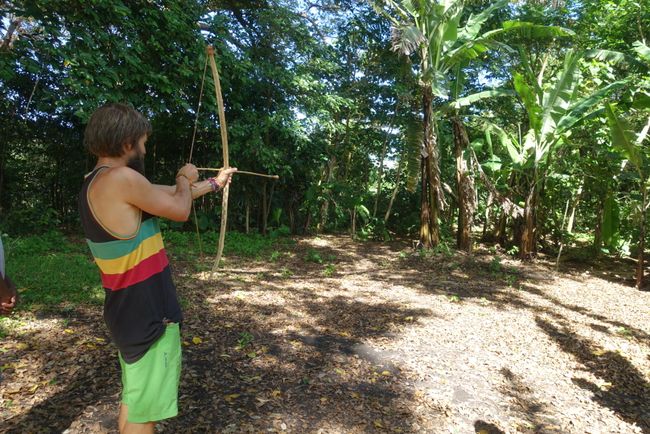
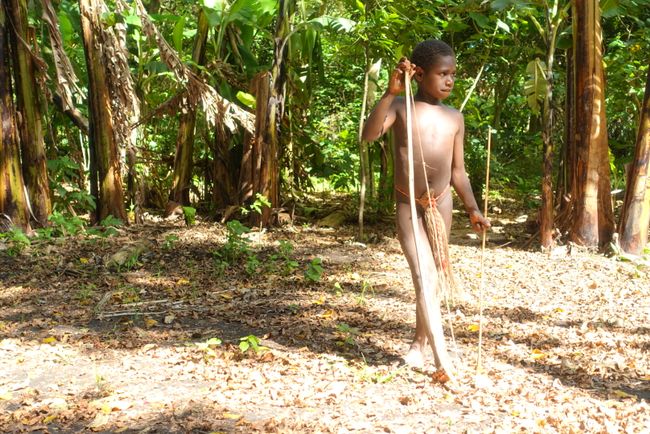
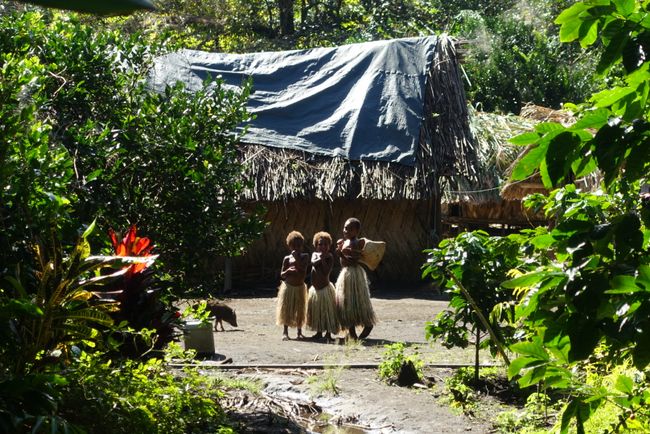
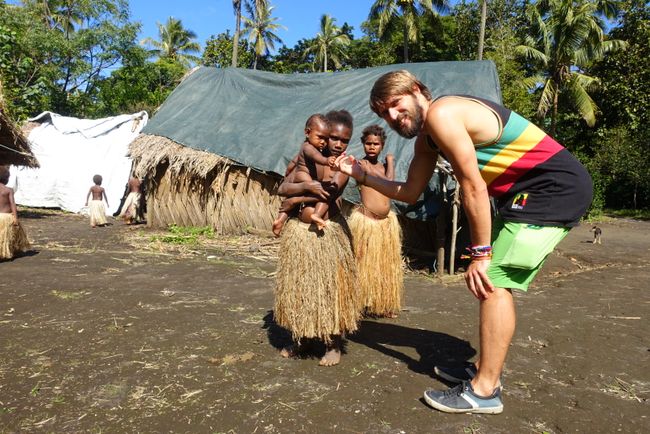
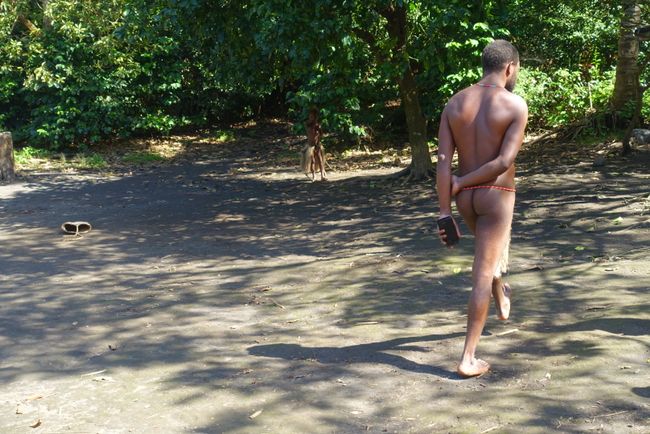
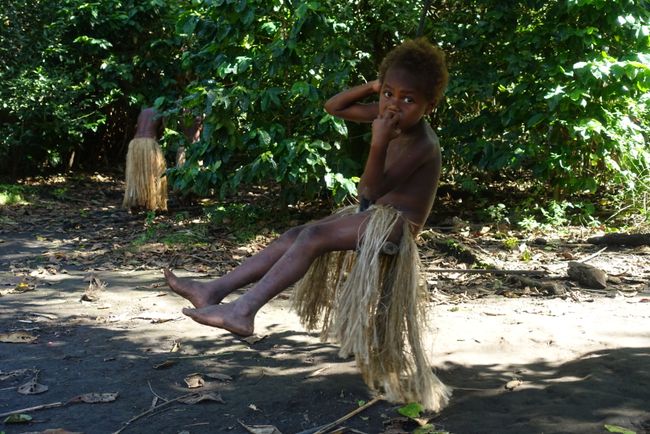
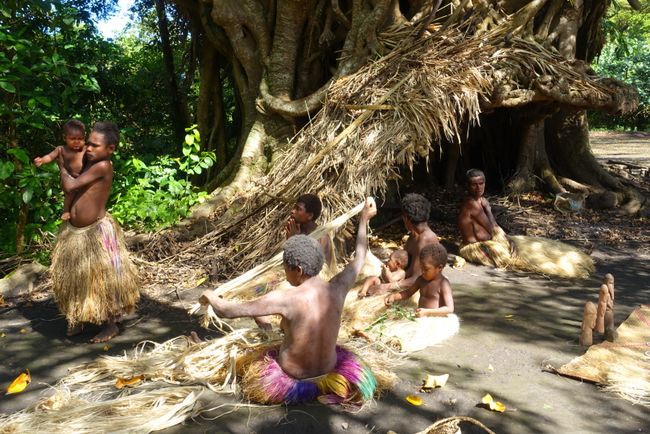
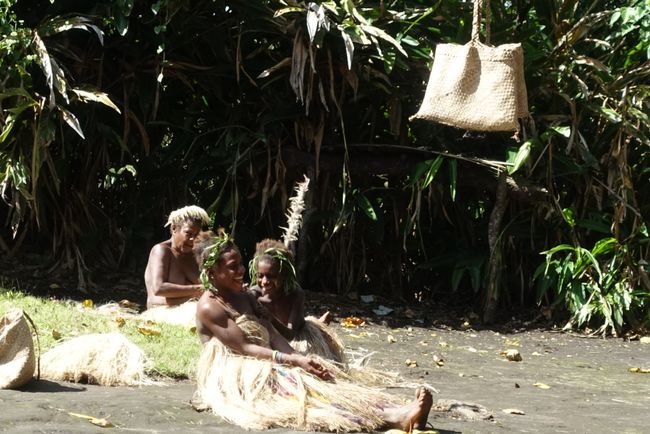
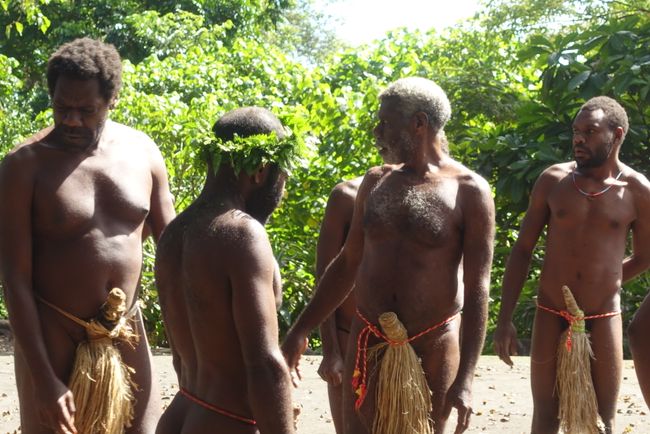
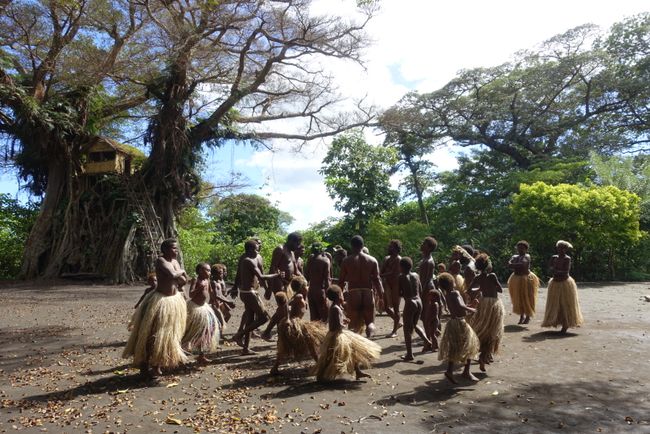
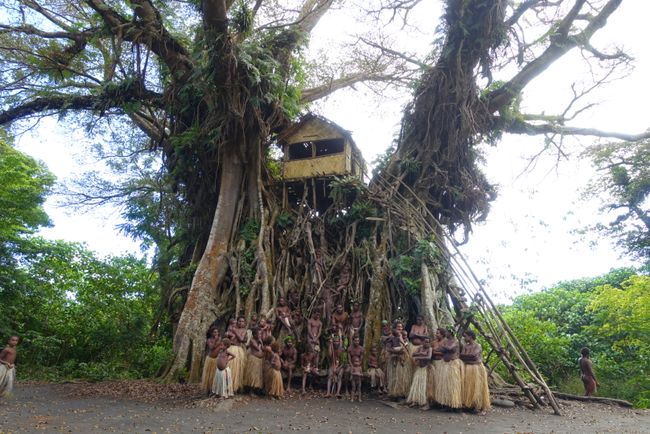
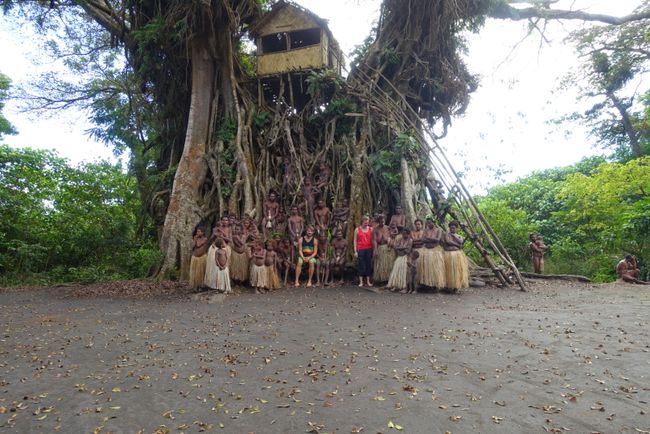
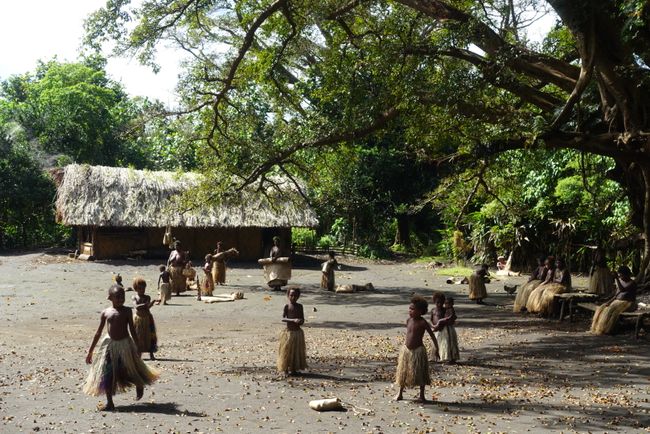
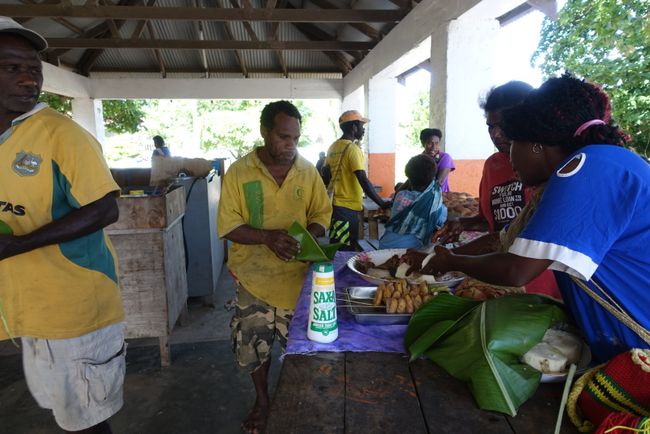
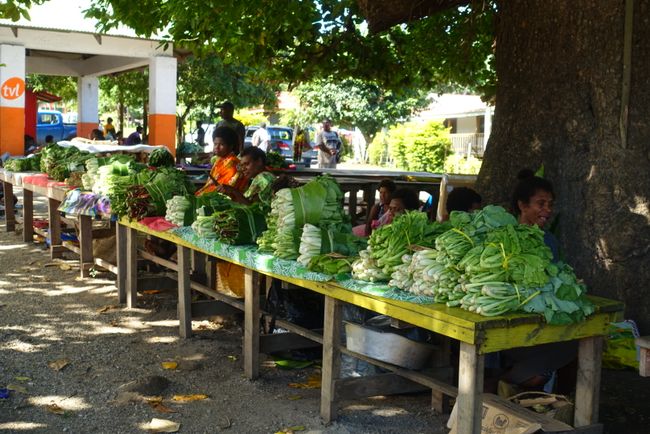
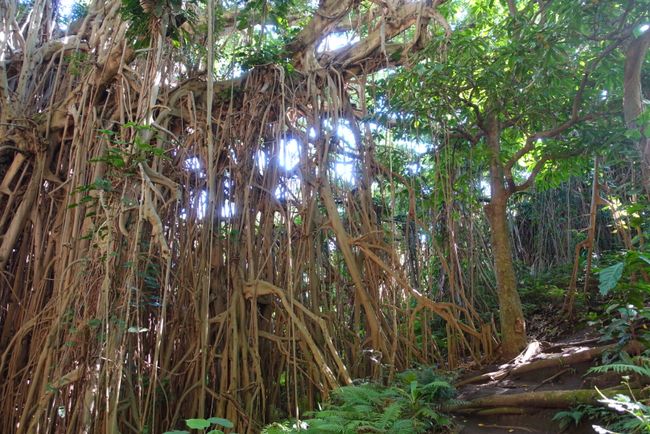
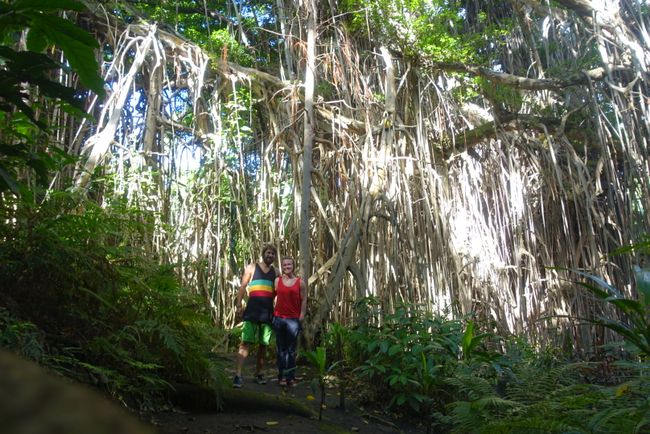
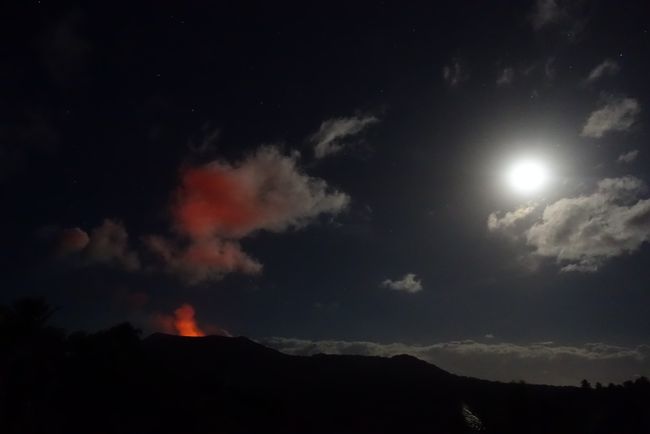
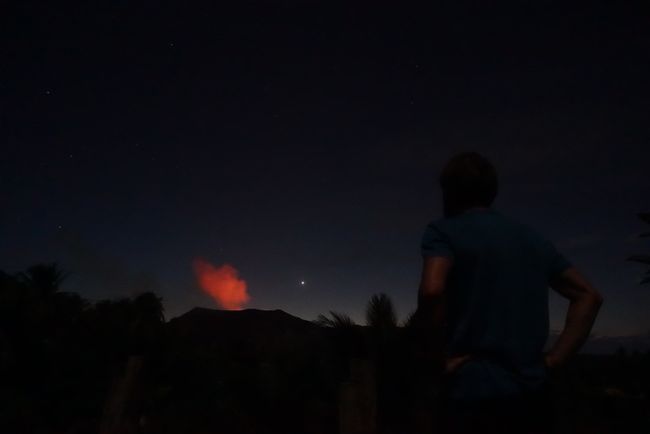
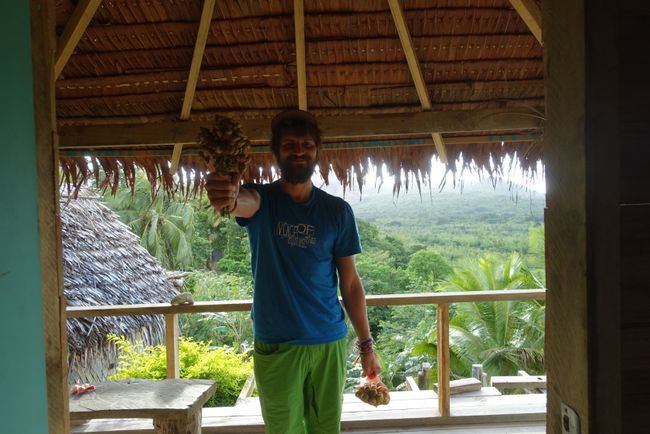
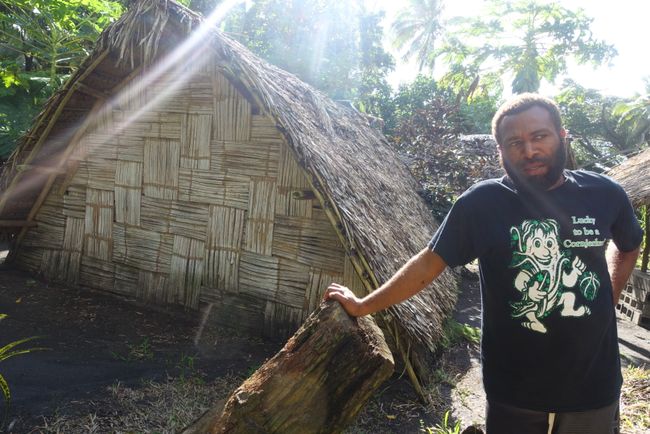
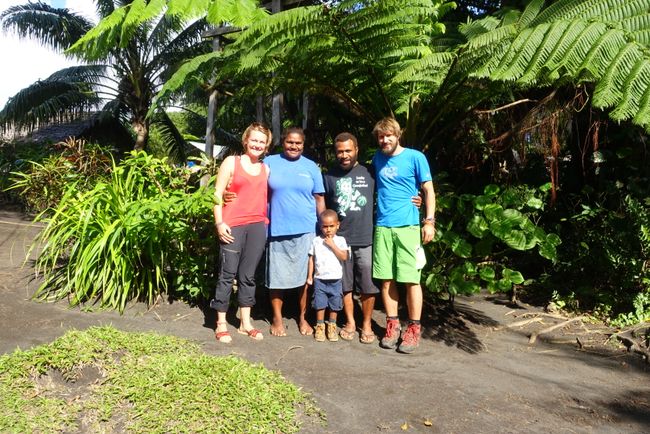
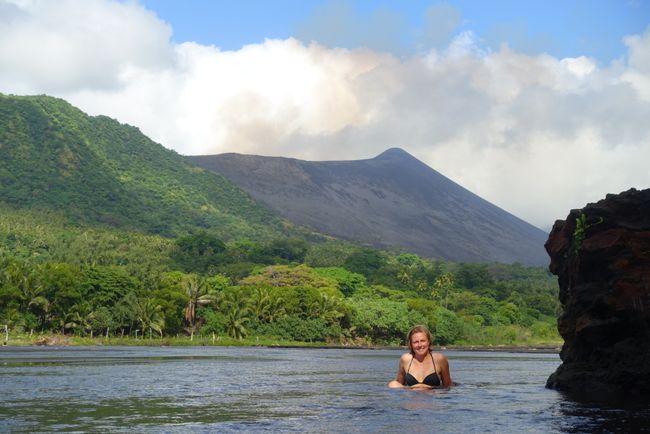
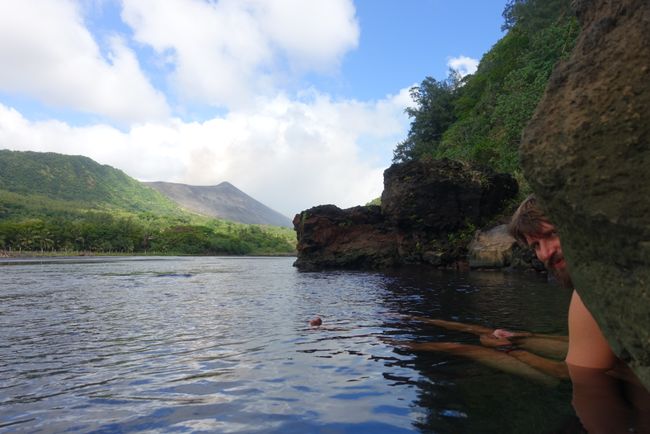
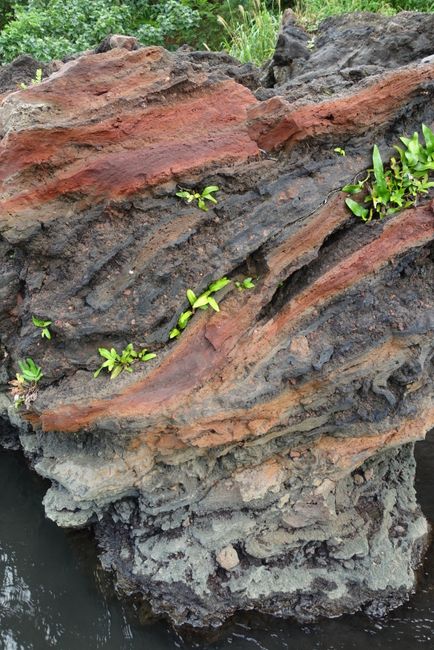
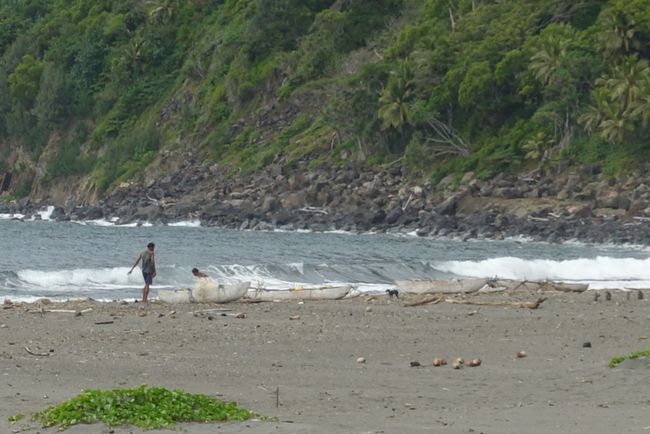
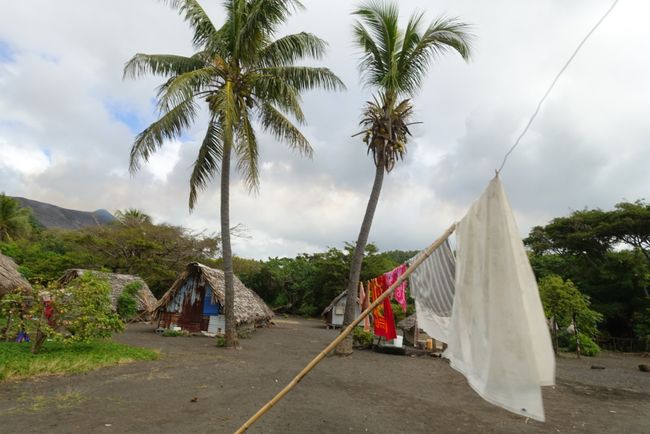
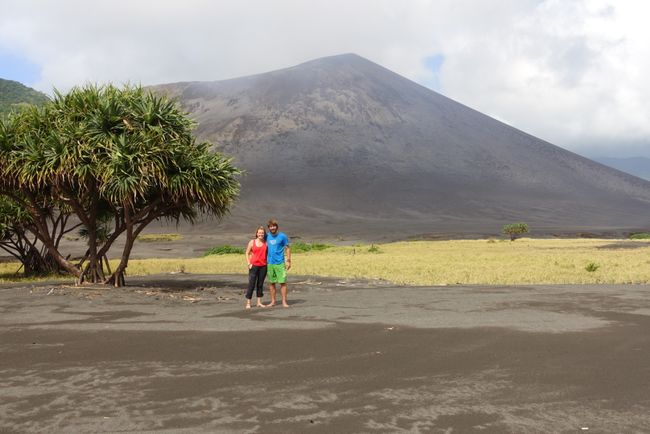
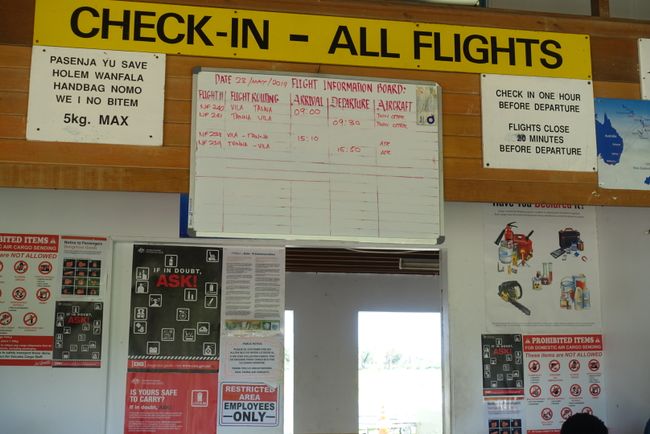
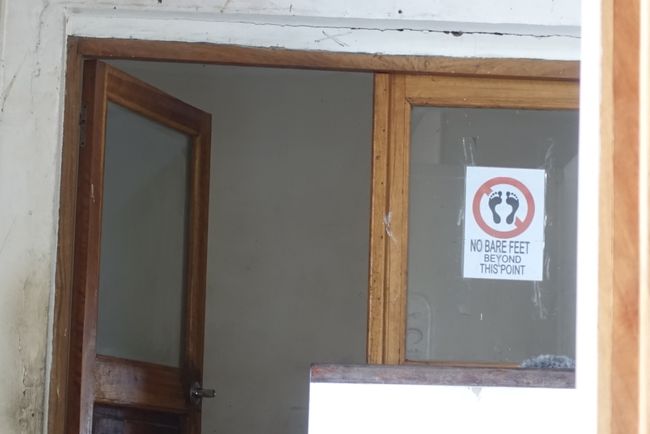
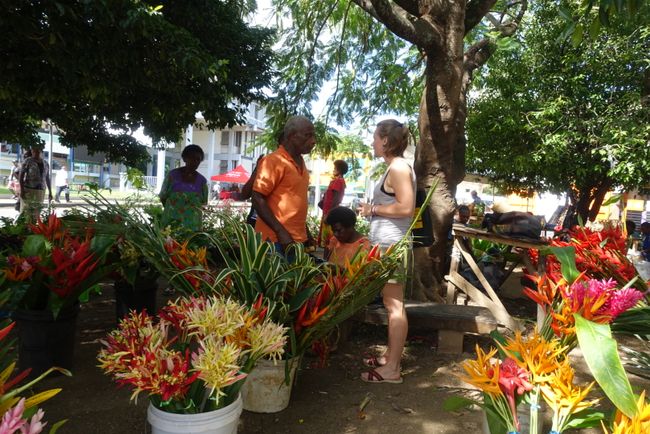
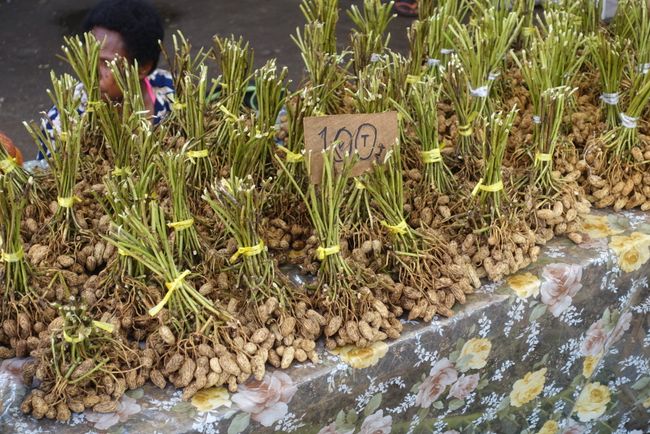
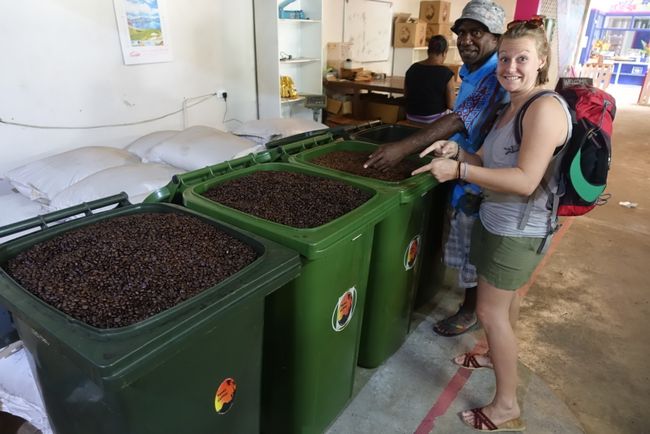
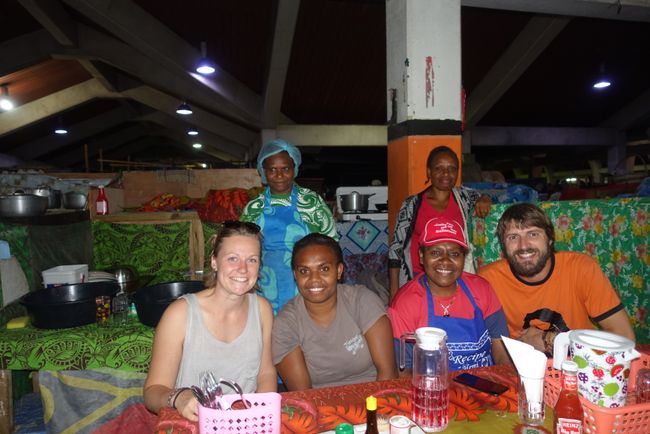
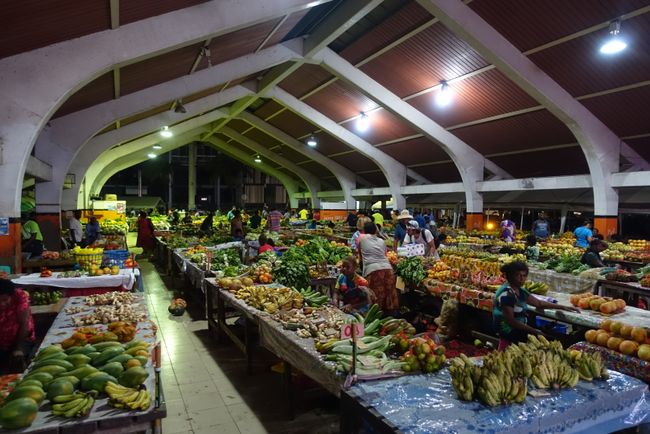
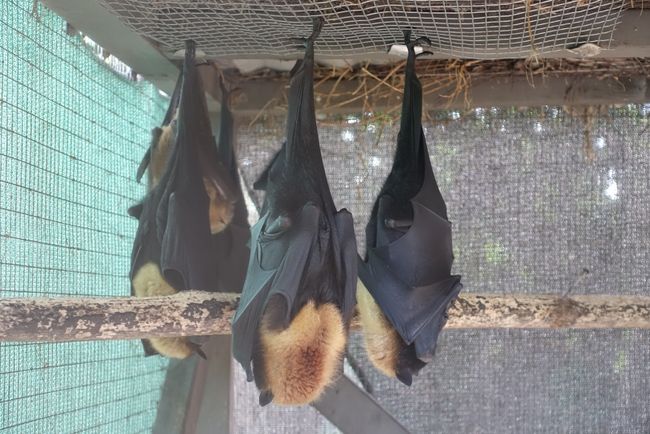
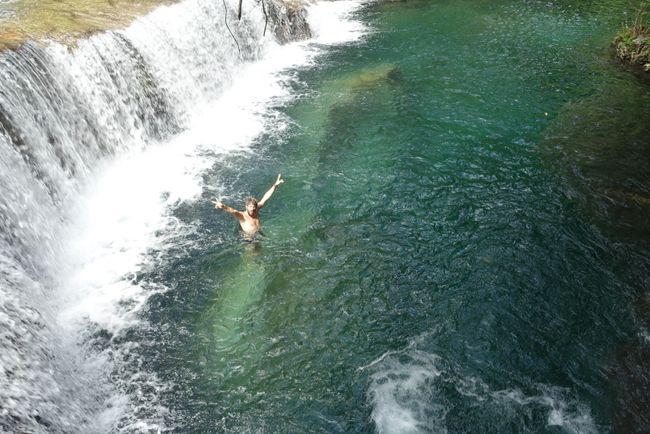
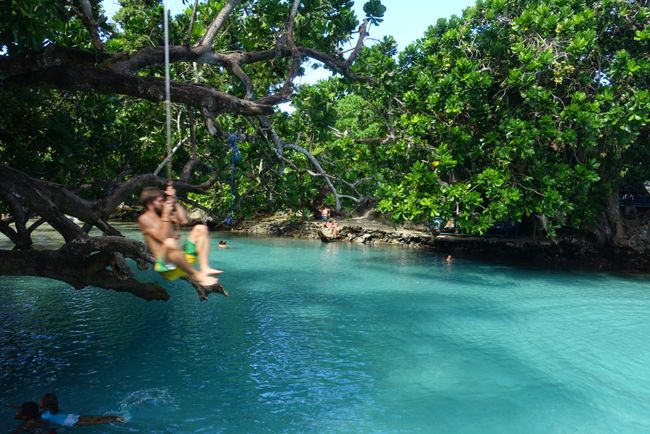
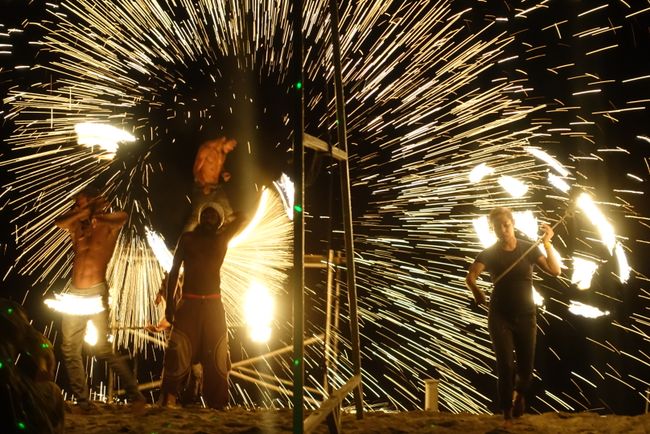
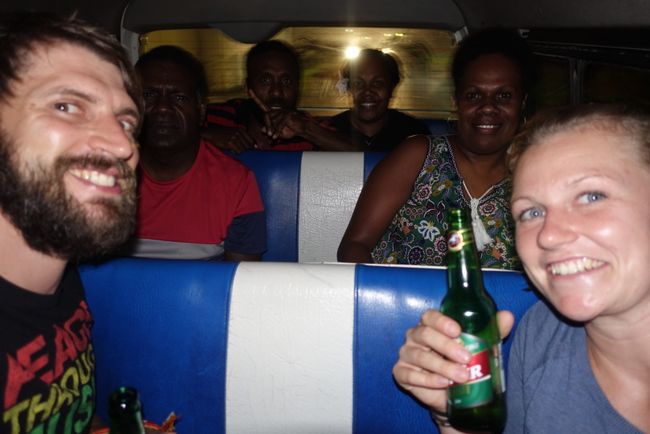
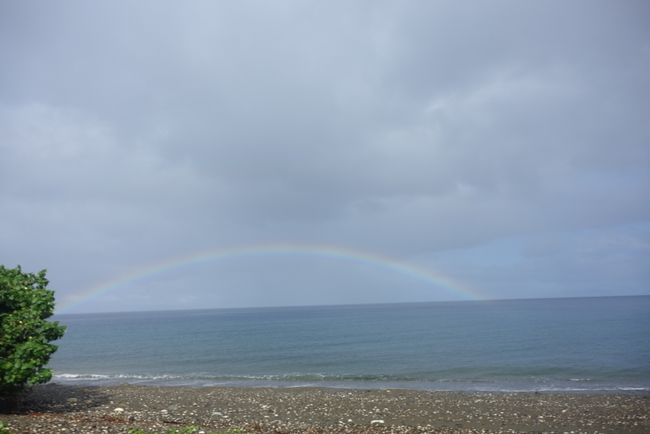
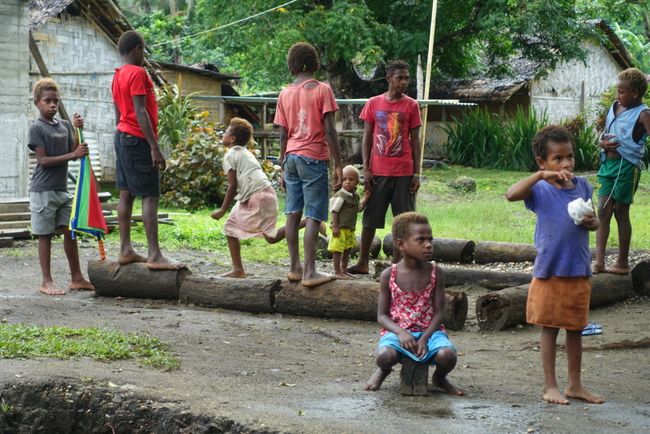
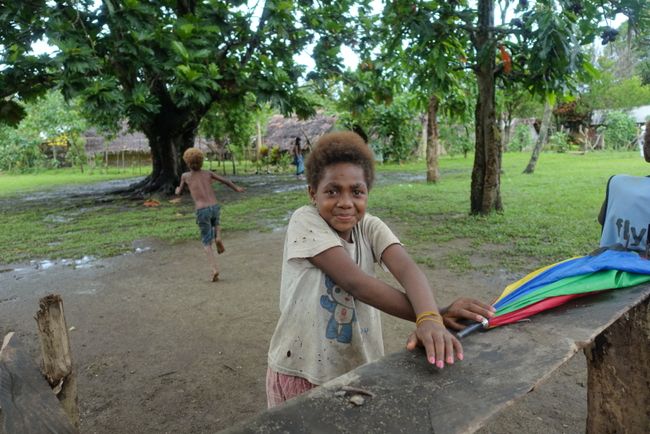
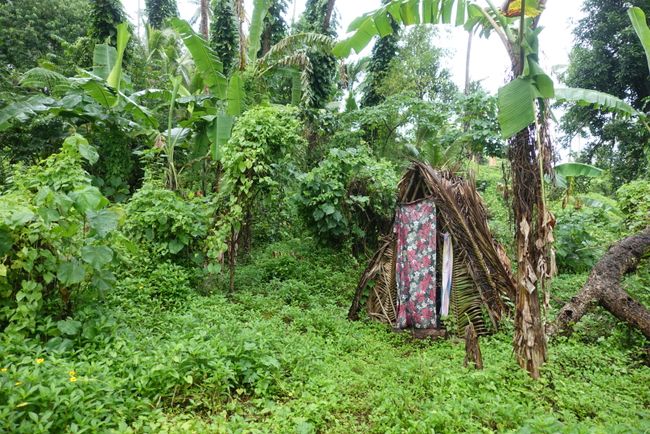
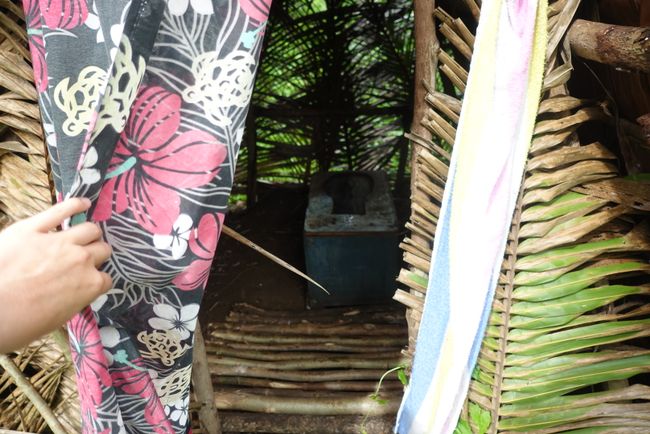
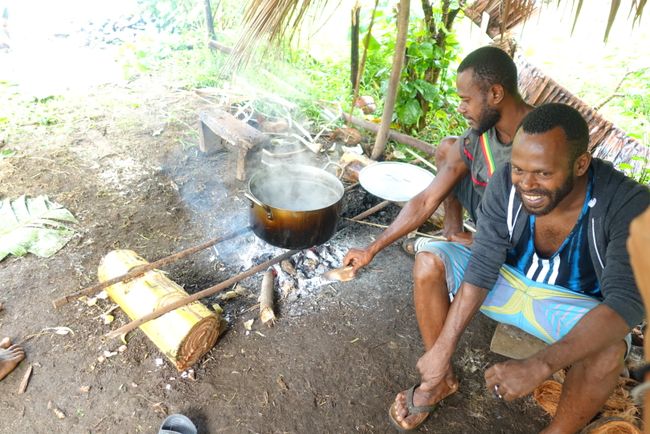
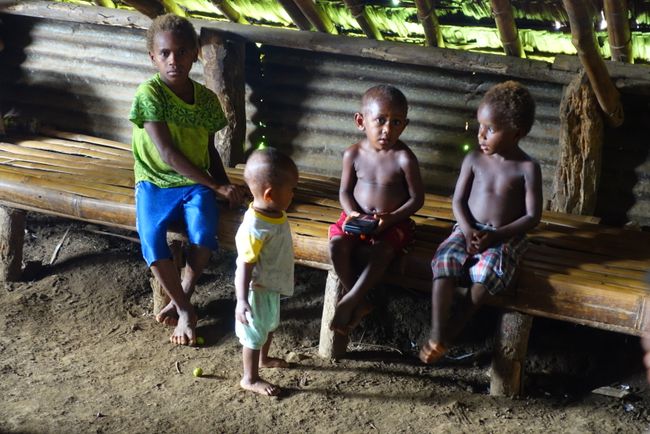
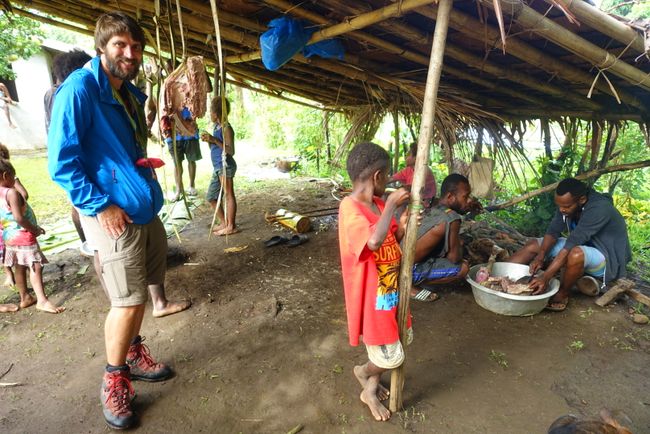
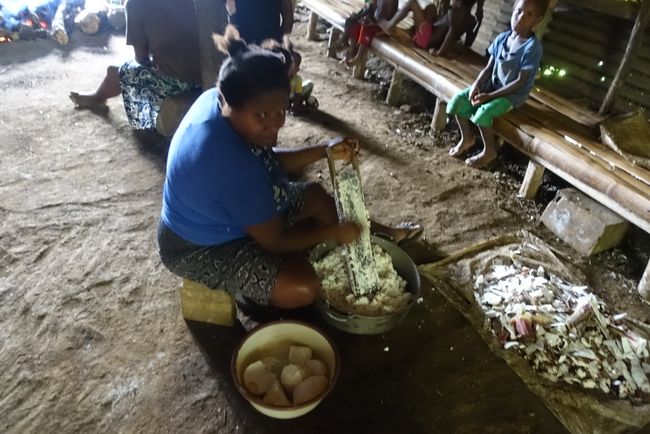
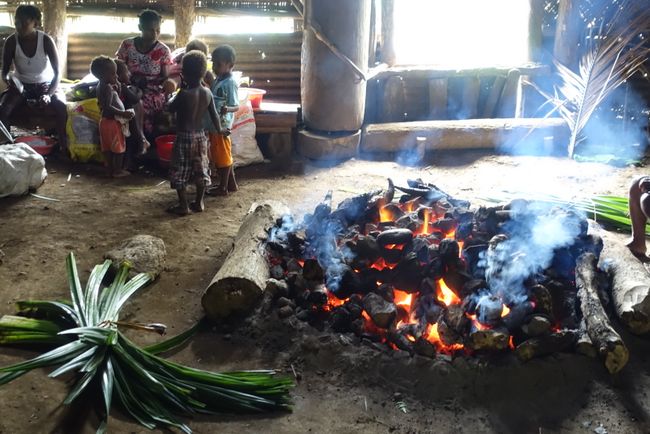
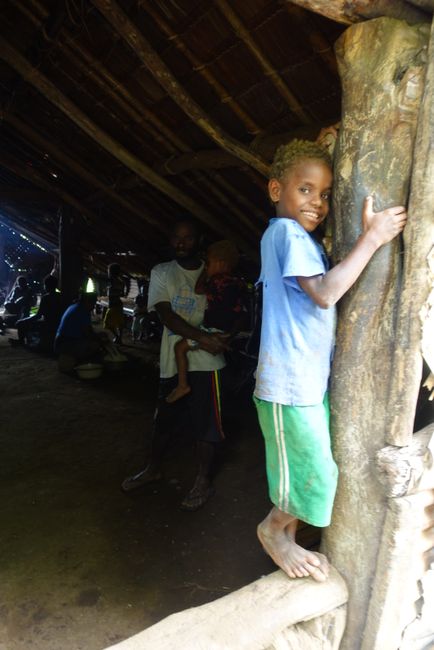
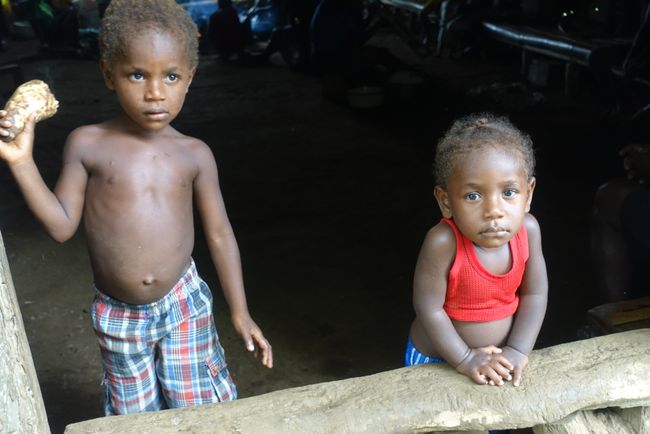
مشترک شدن در خبرنامه
For almost five months now we have been traveling towards the 'end of the world' and here, on Tanna, a small island in the Vanuatu archipelago in the South Pacific, it seems like we have finally reached it! If it weren't for the occasional solar panel or smartphone, we wouldn't be sure if we are still in the 21st century!
Our stay in Vanuatu started in the capital city of Port Vila, on the island of Efate, where we experienced quite a culture shock! Vanuatu, hundreds of kilometers away from the nearest mainland, is the first 'real' third world country we have visited and we were quite shocked by the lifestyle and poverty here. And even though poverty is tangible, the prices are so high that it's unbelievable - it's understandable that everything is expensive since most daily necessities, such as toothbrushes or clothing, have to be imported from far away.
The island of Efate is very popular among tourists from New Zealand and Australia, so you can find some restaurants and bars here in Port Vila - although the prices in these restaurants are higher than the meals served there. We usually prefer eating at the market, where we can talk to the locals. On our first evening there, our cook told us that she comes from a cannibal tribe on the island of Malekula. About her colleague from Ambrym island, she said 'usually I would eat her' - after all, she has no business being on Malekula! This is fair since the inhabitants of Ambrym have bewitched their enemies with black magic! There's not much left of these cultural relics on Efate since the Europeans arrived. Most of the agricultural land and shops on the island have been bought by Chinese companies, which now have large coconut plantations there.
To get an overview of what we can do on the main island, we booked one of the many day tours that take us to a small zoo of endangered species, waterfalls, and turquoise lagoons where we can swing into the cool water on ropes (which the local children demonstrate with screaming joy and we enthusiastically imitate!).
We also visited the 'Hideaway Island', where we snorkeled among tropical fish and colorful corals and even visited the world's only underwater post office.
On Friday evenings, we treated ourselves to a beer in a cool beach bar to watch the great fire show performed by a local acrobat group, who perform for tourists on weekends and now even earn a living from it! Very impressive what the artists and fire breathers have to offer!
Very different on Pentecost Island, which we visited next. It is said that bungee jumping was invented there! When a woman was being chased by her jealous husband, she fled up a high tree. When he followed her to the top of the tree, she jumped down to escape him. Since he didn't want to live without her, he jumped after her - but he didn't realize that she had tied vines around her ankles, which saved her life while he died.
From this myth, the tradition of 'Naghol', now called 'Land Diving', was born on Pentecost Island. Every Saturday from April to June, young men tied with vines around their ankles jump from a 15 to 30-meter high wooden tower. This is meant to show that a woman can never again trick a man. For this reason, women are not allowed to be involved in the construction of the tower or even watch the jumps. Although the jumps are now mainly performed for tourists, they are still done according to the old tradition. Several weeks before the jump, a tower made of wood is built, usually with a coconut palm as the backbone, which is cleared of all branches and leaves. The branches of the tower are connected by vines and softened bark strips. To improve the stability of the structure, additional vines are stretched to surrounding trees. On the day of the jump, the young men climb up the tower, and the thickness of the vines, which are tied around their ankles, is selected based on the weight of the jumper. The rest of the village community cheers on the jumpers with songs and rhythmic stomping until the jump is performed and the jumper lands with a thud on the ground, cushioned by the vine.
Although it was raining heavily on the day of the jump, 'Naghol' was a highlight of our trip: the ground vibrating as the villagers, dressed in nothing but a few palm leaves, stamp on the ground, the tower wobbling and creaking as the vine stretches to catch the jumper, and the dull sound when the jumper hits the hacked ground - a fantastic, unique, unforgettable experience!!
Still very impressed by all the experiences on Pentecost (I must have watched the videos of the jumps at least 100 times), we spent a few days on Santo Island, which is known for its paradise-like white sandy beaches, crystal clear rivers, lakes, and springs ('Blue Holes') in the jungle, which left us in awe during our canoe tours.
During World War II, the island played a major role in the Pacific as a troop base for the Americans: the Allied forces planted vines all over the land, which covered the trees and palm trees like a camouflage coat, making their positions and vehicles harder to see from the air. The parasitic plants have now grown so strong that they have become a real plague in Vanuatu, threatening the local ecosystem more than the regular cyclones that sweep over the islands.
After the war, the American soldiers sank all their equipment, including cars, tanks, and boats, off the coast of Santo at the so-called 'Million Dollar Point', so now, equipped with snorkels and diving masks, you can explore the decaying wrecks or go diving to explore the larger wrecks further out to sea.
We settled for the former, as we still wanted to visit the famous beach where the GIs celebrated their farewell from Vanuatu with a legendary drinking spree - the 'Champagne Beach'! Truly a picture-perfect beach with incredibly fine, white sand and such clear water that you can safely omit any 'beautification software' when taking photos!
We stayed in a hotel on Santo, right on the main road, opposite a large meadow which, luckily for us, was being used for a three-day festival during our stay... a contest between different church communities competing with dance and freestyle performances. Hundreds of visitors and fans watched the different groups with us or enjoyed the many food stalls on the grounds. We kept discovering new dishes, vegetables, and preparation methods, and Johnny almost gathered the courage to try a rather unusual dish for us... In the end, however, he found what was in the pan with its muddy brown sauce too horrifying: cooked bat!
After the relaxed days on Santo, we continued to Tanna, the place I referred to as the 'end of the world' at the beginning of my report. Immediately upon arrival on the island, it captivated us, and we immediately felt that something 'special' awaits us! What we knew: there is only one road on the island, no public transportation, an active volcano, and the island was hit hard by a devastating cyclone in 2015.
After arriving at the tiny airport of Lenakel, we drove in a pickup truck with our host Mike to our bungalow across from the active volcano Yasur. The drive there was already an adventure: after leaving the city, the paved road quickly turned into a bumpy gravel road, and as we approached the volcano, the so-called road consisted only of black ash piled up two meters high next to the path. The plain in front of the volcano is barren and only sparsely covered with palm trees. We were told that the layer of ash builds up several centimeters every day, making it impossible for most plants to grow there - the inhabitants of the surrounding villages have long since given up growing vegetables that grow on the surface, so usually potatoes, cassava, yam, or other types of root vegetables are on the menu. Thanks to the all-wheel-drive car, we arrived at our bungalow two hours later - a true oasis of tranquility! There is only electricity when the generator is running - which went out very briefly on the first evening because the fuel ran out - there is no internet, and the nearest neighbors are about a thirty-minute walk away. The bungalow is equipped with a bed, a toilet, a non-functioning sink, a cold shower, and an overwhelming view of the volcano and the surrounding jungle landscape!
After a short rest, we immediately set off to visit the volcano up close. After a short welcome dance by the villagers, we continued with pick-ups up to a completely bizarre moonscape: we stood on a field of black ash covered with cooled lava rocks that the volcano had spewed out in recent days, and a never-ending column of smoke rose from the volcanic crater into the sky, while in the distance we saw the sun glowing red behind the green jungle as it set. After a short climb, we stood at the edge of the volcanic crater and looked in amazement at a lake of boiling lava! We regularly saw big and small eruptions, with glowing lava being catapulted upwards with a loud rumble, then slowly falling back down, followed by a rush of hot air, the smell of sulfur, and the ash rain which, accelerated by the hot wind, fell on us. We stood there for almost two hours, watching this natural fireworks display, and then, completely overwhelmed, drove back to our bungalow. On this island in the middle of the vast ocean and without light pollution, we enjoyed a magnificent starry sky on the terrace and, of course, the view of the orange glow of the volcano, which greeted us again and again with loud rumbling and spewed sparks into the night.
Our first night in this remote bungalow, actually a bamboo hut, was very authentic as we were awakened in the middle of the night by a fat rat trying to make itself comfortable with us. After we had packed all our few belongings in the backpack and securely tied it down, we felt somewhat safe under our stinky mosquito net and went back to sleep - admittedly not very deep and with an attentive ear to hear any further rat attacks, which did not happen in either this night or the following one.
The next day, we explored Tanna with our host and gladly took the opportunity to accompany him in the morning as he took his daughters to school. There, we were invited to attend the morning assembly and watch the lessons in the old, almost dilapidated school barracks. The teacher of the fourth grade also explained his curriculum and teaching concept to Johnny before the lesson started. After we had enough of school (after all, it's Johnny's sabbatical year, and he doesn't want to hear or see anything about work!), we drove again on adventurous dirt roads and past the volcano, which continues to spit out lava and ash, seemingly unaffected by world events. On our way, we passed simple, small villages consisting of a few bamboo huts and usually a stall selling petrol in small plastic bottles or some vegetables.
After about a two-hour bumpy drive through the jungle, with a short stop at the vegetable market in Lenakel, we reached our first destination: the Yakel tribe. The residents of this tribe still live according to ancient tradition, self-sufficient with vegetables grown by themselves, pig breeding, and hunting, dressed only in dried bark from wild hibiscus. To earn a bit of cash, the chief of the tribe allows tourists to visit their village to learn about the Yakel way of life, for which we were very grateful as it was a fantastic experience to learn about the everyday life of the islanders. By the way, a few years ago, the impressive film 'Tanna' was shot on the land of the Yakel, depicting the way of life of the Yakel tribe - with the tribe members as actors.
After the villagers bid us farewell with a dance, we continued through the jungle to the largest existing banyan tree in Vanuatu. This strangler fig is only 140 years old, as we were told, and it is so big that we walked under its roots for half an hour before reaching the end of the tree! We otherwise enjoyed the ride on the loading area of the pickup truck as we drove back to the bungalow: children waving happily ran after us, and the adults waved cheerfully as we passed by. We stopped repeatedly for a quick chat with the people or to buy something small, such as vegetables like chard or snake beans that do not grow in 'our' village. It is transported from the jungle to the roadside in baskets made of coconut leaves and sold there.
The next day, we visited Mike's family's huts, including the cyclone-proof house where he and his family survived Cyclone Pam in 2015 while it swept away all their other belongings. The islanders are still struggling with the effects of the cyclone, as the reconstruction is being delayed due to a lack of building materials, which sometimes take years to become available on the island. Here, as a tourist, you can finally do something good by just being there and financially supporting the people with small purchases (for example, I am now traveling with a necklace made from the tusk of a boar, which I bought not so much for its aesthetics but rather to support the seller financially).
As a conclusion to our time on Tanna, we went for some wellness: hot springs in the river fed by the volcano, including sulfur packs and ash peeling!
After leaving the island, on our last day in Vanuatu, we had time to reflect on everything we had experienced. Although we only spent three days on Tanna, we returned to the city completely stress-free. The calmness, serenity, and contentment that the people on Tanna radiate completely captivated and overwhelmed us. To always live with the fear of cyclones, earthquakes, tsunamis, or volcanic eruptions is completely unimaginable to me - and despite all these threats, I have never seen happier people than on this island. When we talked to Mike about what we experienced, for example in Yakel, he said that he could return his American clothes at any time and live like before - he is not dependent on anything that the West has to offer, he has everything he needs: enough to eat, a roof over his head, and time for his family and friends! When he asked if we also have a culture and a traditional way of life and if the people in our country are truly happy, I couldn't initially come up with a good answer - and honestly, I am still thinking about this question and an answer to it.
مشترک شدن در خبرنامه
پاسخ
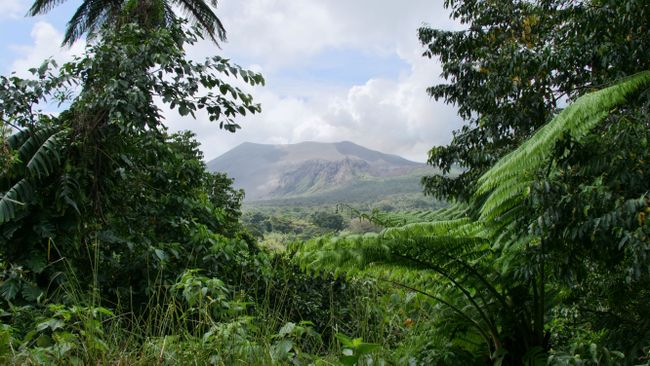
گزارش سفر وانواتو
